We love crabs. We see them often on the beach. When we use our clamming guns we find them instead of clams. They quickly dig themselves back into the sand.
They look intimidating with their pincers spread out but really they are harmless as long as you know how to handle them properly from the back.
Crab Anatomy
Crabs are amazing. One thing that was so fascinating for us was how easy it was to identify a male crab from a female crab. To see if a crab is a male or female, simply turn it over. The apron for a male is long and pointy and for a female it is round.
Crabs have five pairs of legs. The first two are known as pincers and they are used to gather food and for protection.
Crabs can actually regrow their leg if it has been bitten off or is broken.
Crabs are predators because they hunt and eat other animals. They are omnivores because they eat both animals and plants.
Crabs shed their shells: known as molting. This can take up to eight weeks and while they molt they stay buried in the sand.
You can order crabs from Carolina. This is a great way to understand the anatomy of a crab by dissecting one.
Life Cycle
Now the crabs life cycle is quite different. I’ve actually never seen the zoeae or the megalops phase.
The female crab has an attached sponge where two million eggs are kept until the larvae emerge.
In stage one the crab is a zoeae and it looks like a shrimp. Nothing like a crab. This stage lasts 31 to 49 days.
In stage two the crab is a megalops and looks like a clear crab with a tail. This stage lasts 6 to 20 days.
During the juvenile stage the crab actually looks like a crab. With frequent molting crabs turn into the last stage : adult.
The Ph of the water is very important to insure the survival of the crab. If the Ph drops less than 6, the blue crab will die.
To make your very own paper mache crab life cycle you will need:
- aluminum foil paper
- masking tape
- paint
- paintbrushes
First make the shapes using aluminum foil. Once you have your desired shape, cover it entirely with masking tape. Then paint it.
Variety of Crabs
It is said that there are around 6,793 species of crabs so we decided to create our very own matching game. Each one of us had two crabs that we had to draw twice. We placed our cards faced down in a random order and then tested our memory.
This is a great way to see how diverse crabs are and to focus on remembering what crab is where.
Crab Race
We have seen a ostrich race before. Participated in fog races, duck races, lizard races, and even crab races.
Races are fun.
Garibaldi, Oregon holds an annual crab race in March.
Now, winning has more to do with the type of crab you get then you. Once the gun is fired and the wooden stick is removed you need to shout, clap, or hit the wood in order to get your crab to go down to the finish line.
Cooking Crab
Eating crab is probably our favorite thing to do. Yes, I’ll admit that they do take some time to eat but they taste so good that it is worth every bit of work.
We caught crab off Moore Road Pier. Since we live less then an hour from the pier we cooked the crab at home.
The first thing you want to do is place your crabs in the freezer or a cooler like we did. This numbs them a bit and helps the process of putting them in the boiling water easier.
Then put water in a pot and add bay leaves, salt, and pepper. Once the water starts to boil add the crab using tongs.
The crab will become red/orange and will float to the surface of the water. This usually takes 15 minutes. Once the crab floats up give it another 2 to 3 minutes until removing the crab from the water.
Place the crab back in the ice cooler and let it cool so that it is easy to handle.
In the meantime, melt butter and cut up lime or lemons.
The four legs and two pincers are edible. Twist these off the crab.
Take the face off the crab and break the bottom part in half.
Enjoy.
Thank you for reading our blog post. We share a new post every Tuesday and Thursday at 8pm.

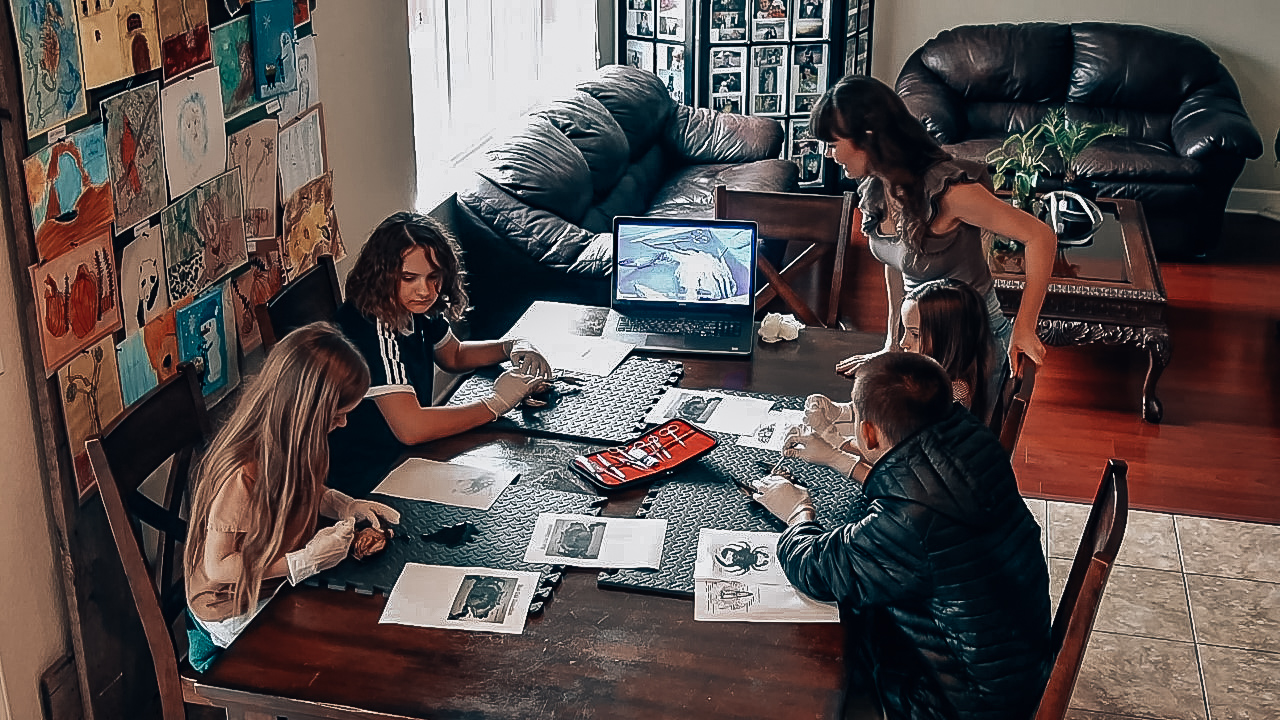
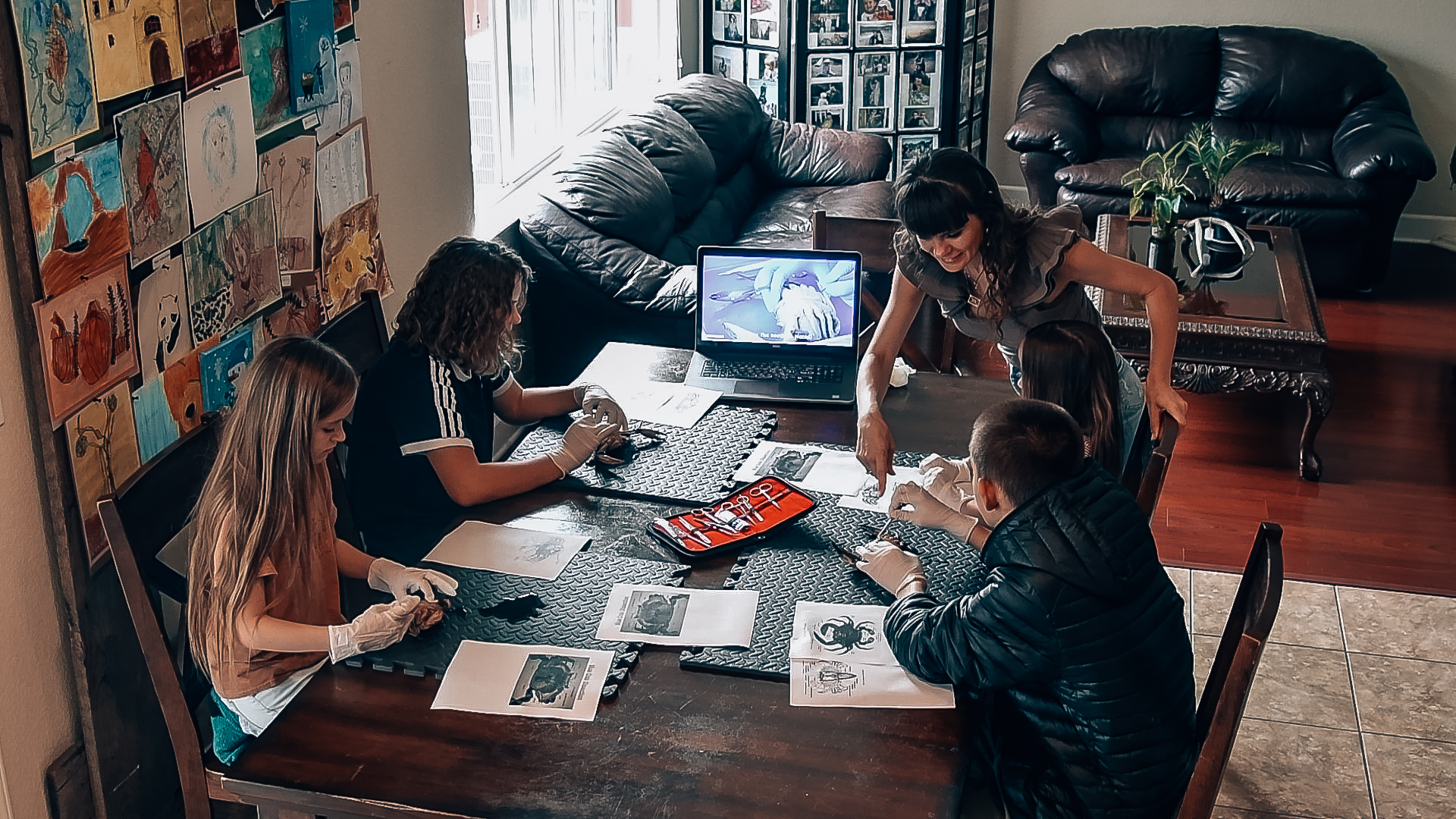
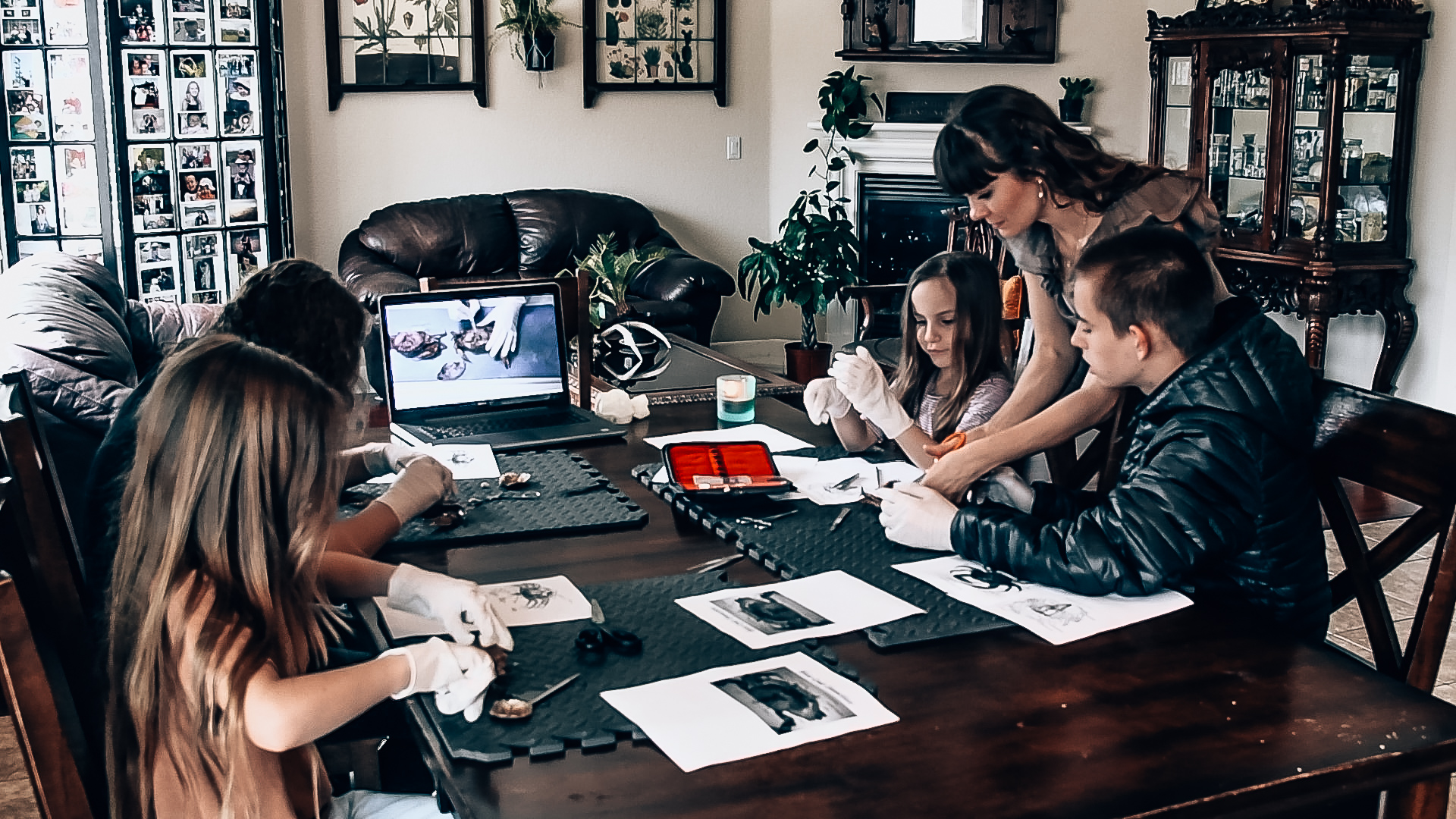

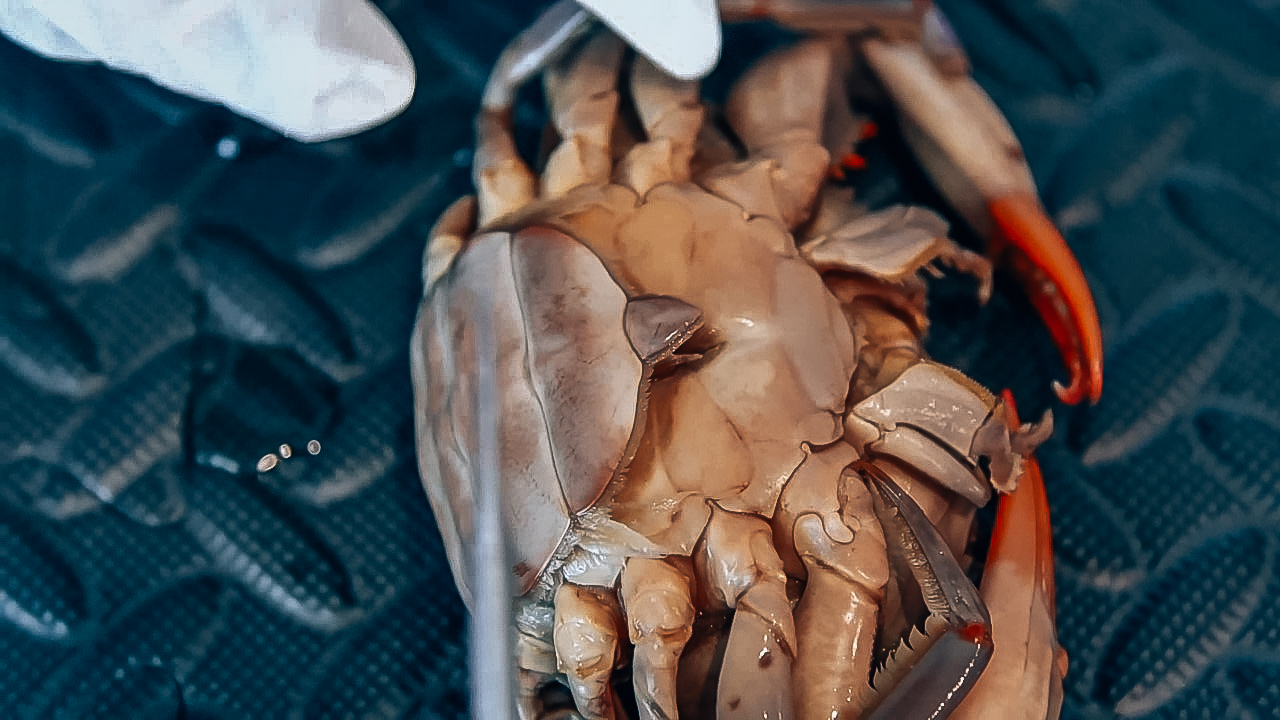
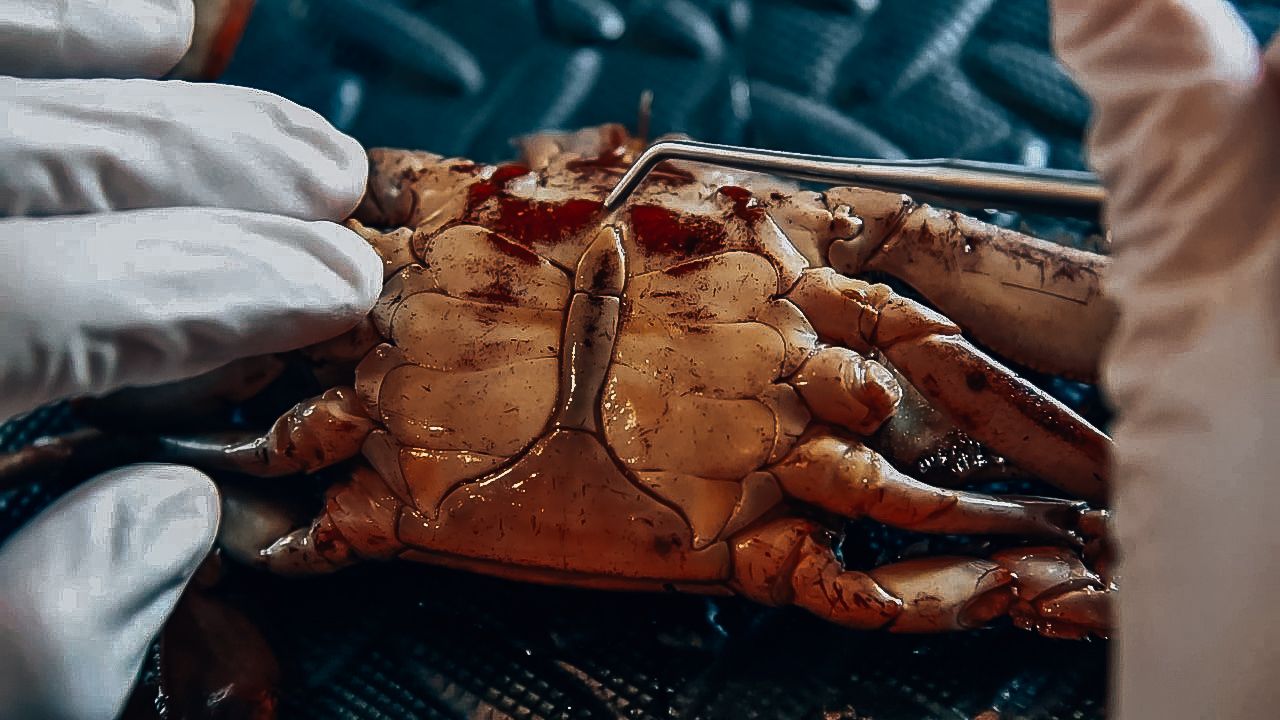
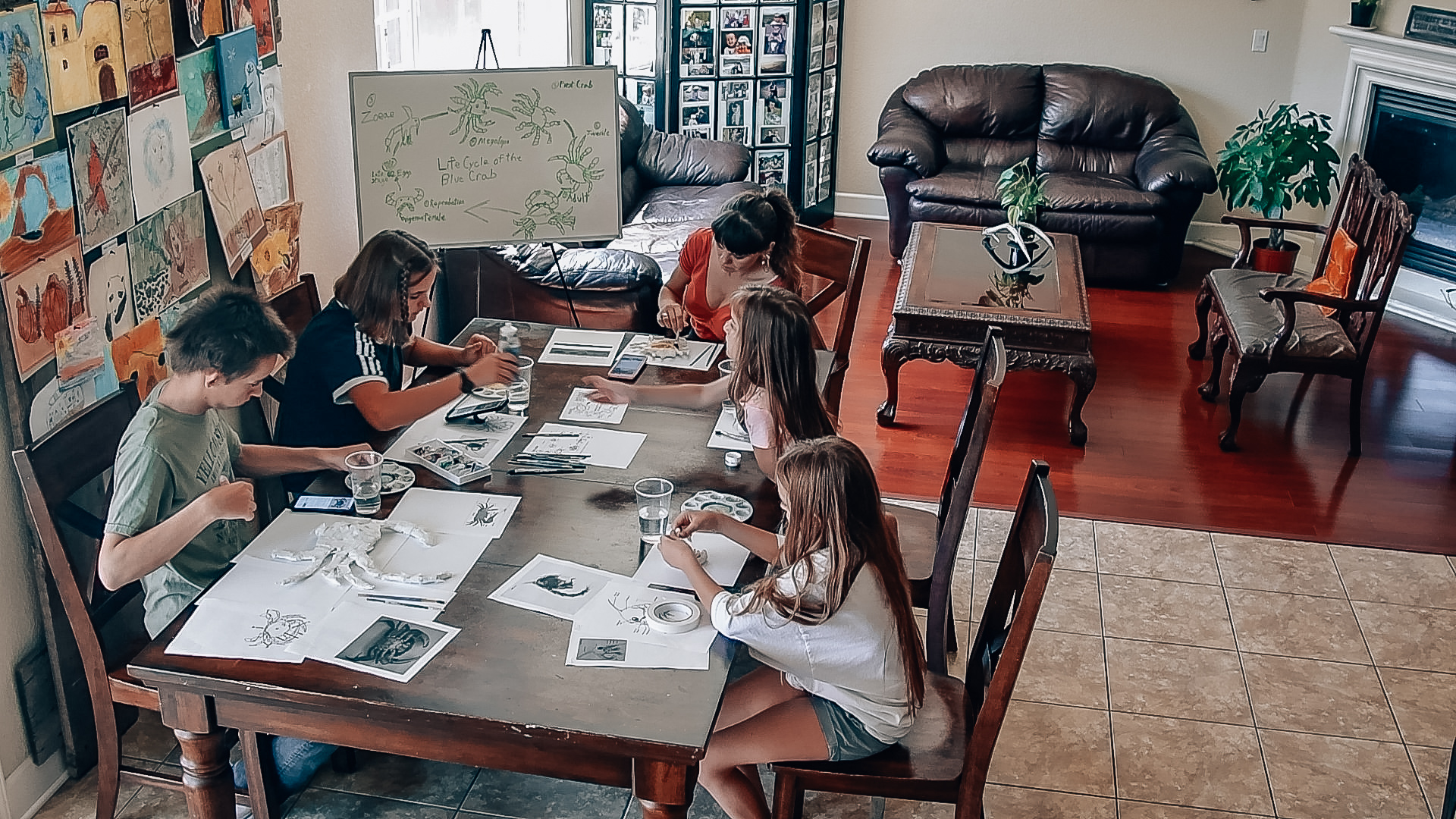
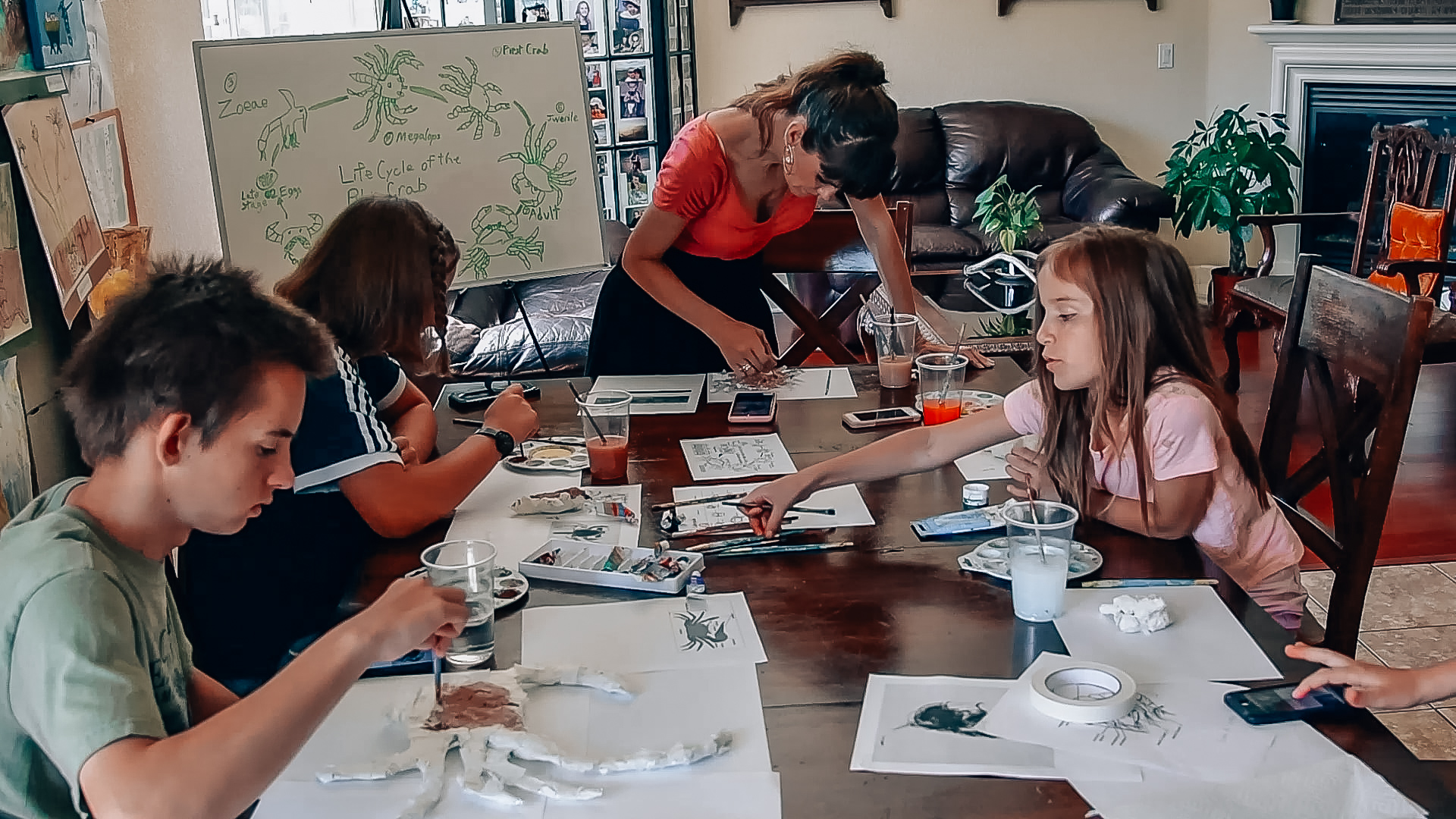
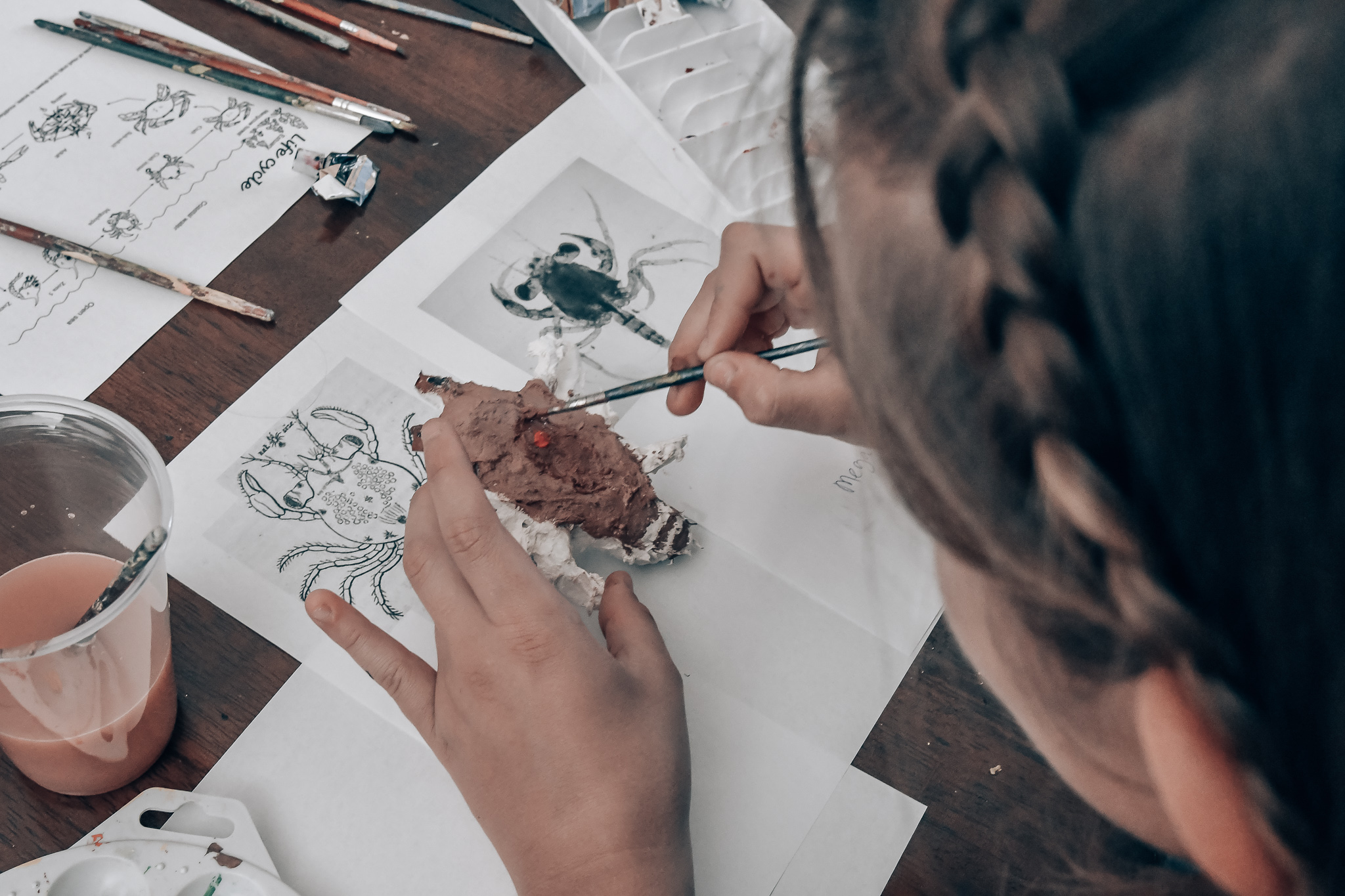
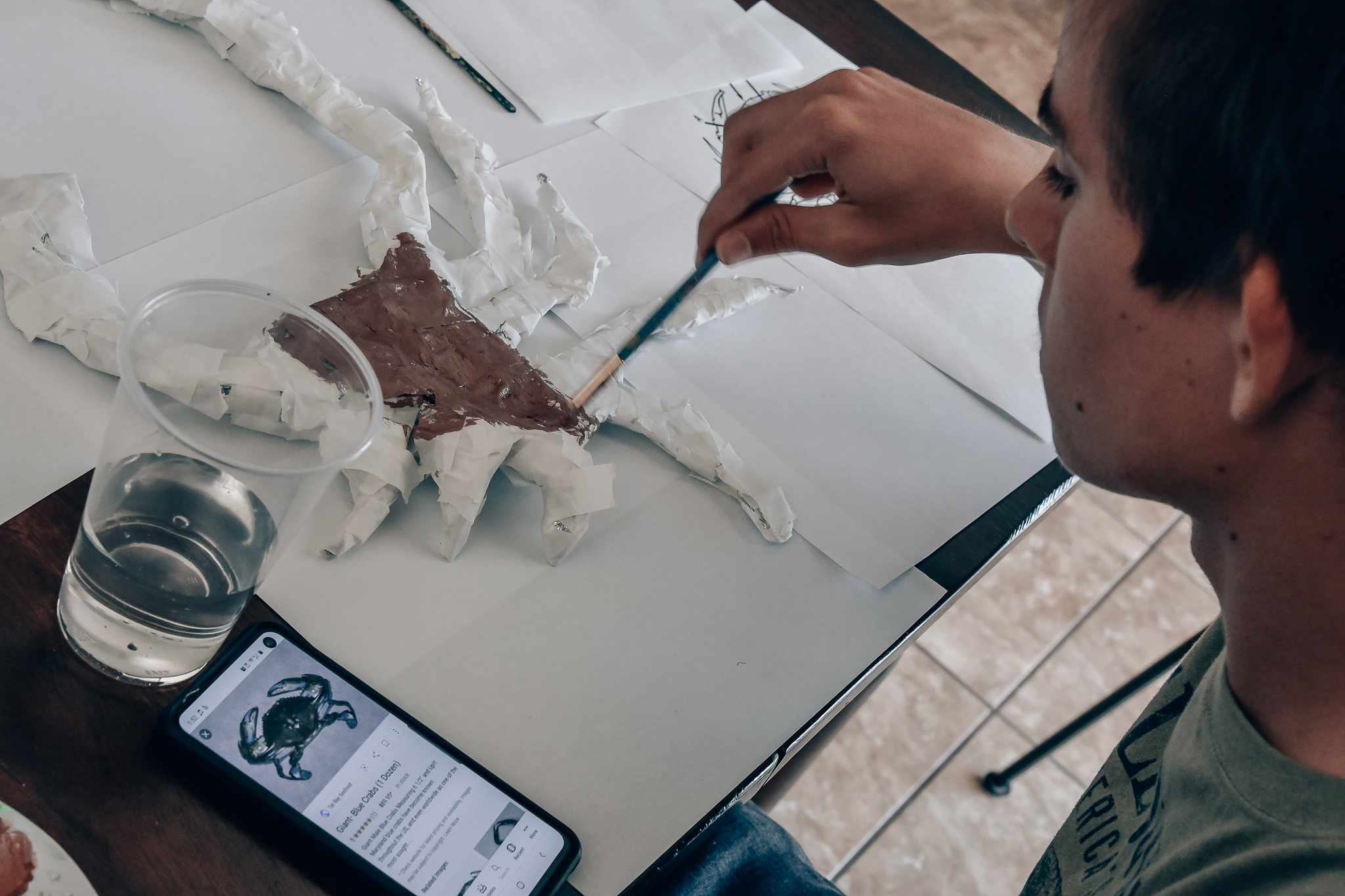
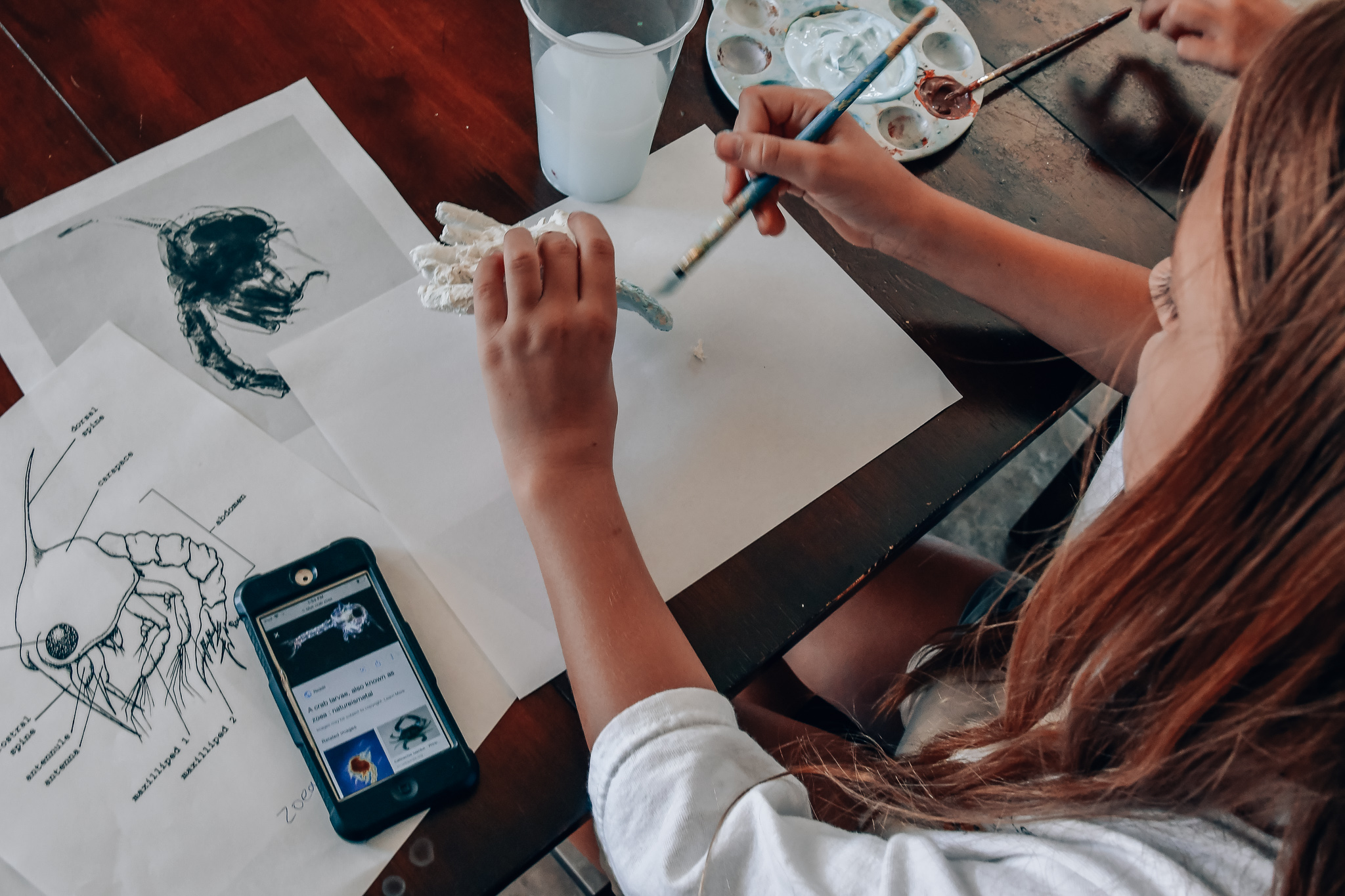
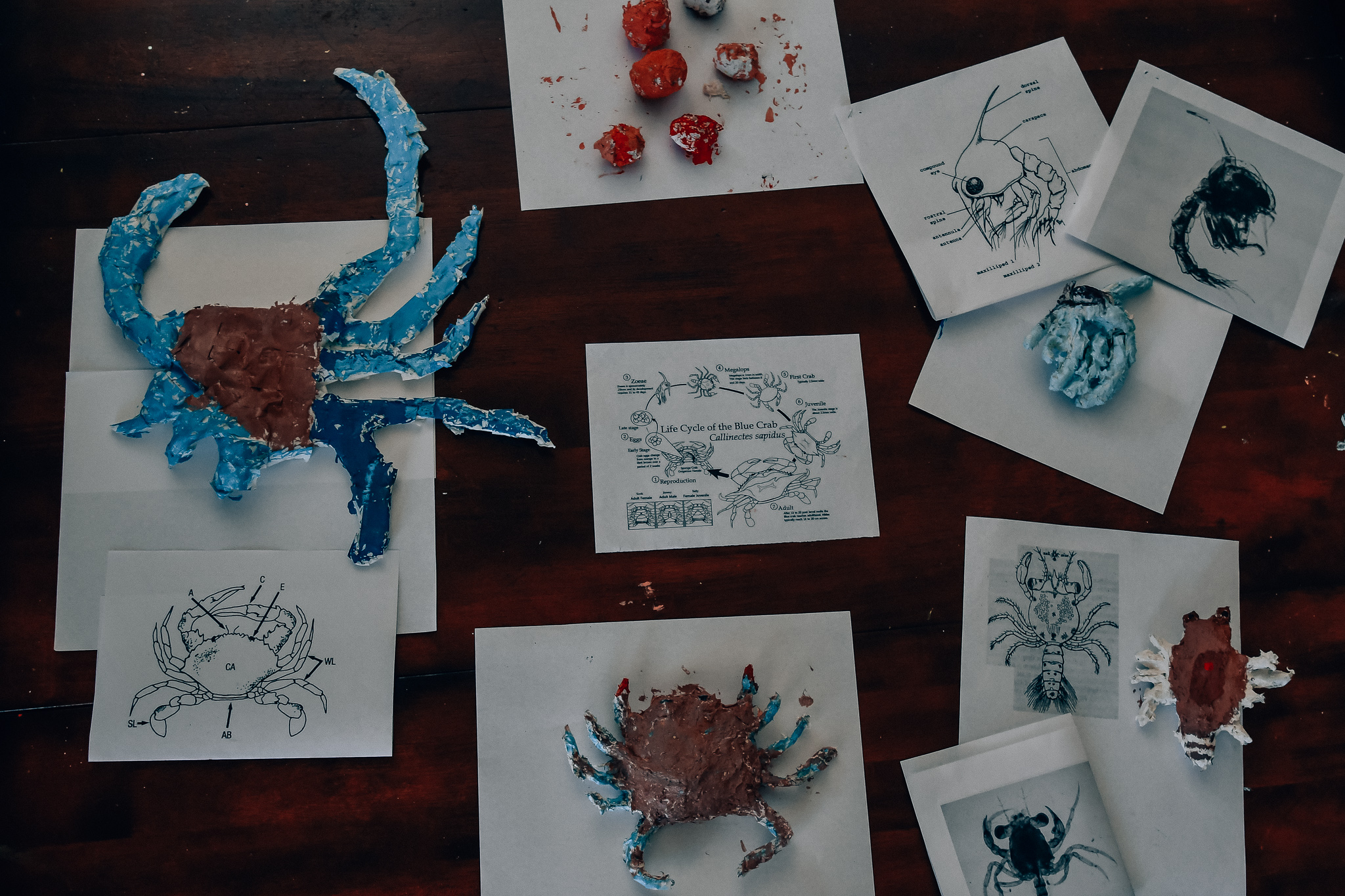
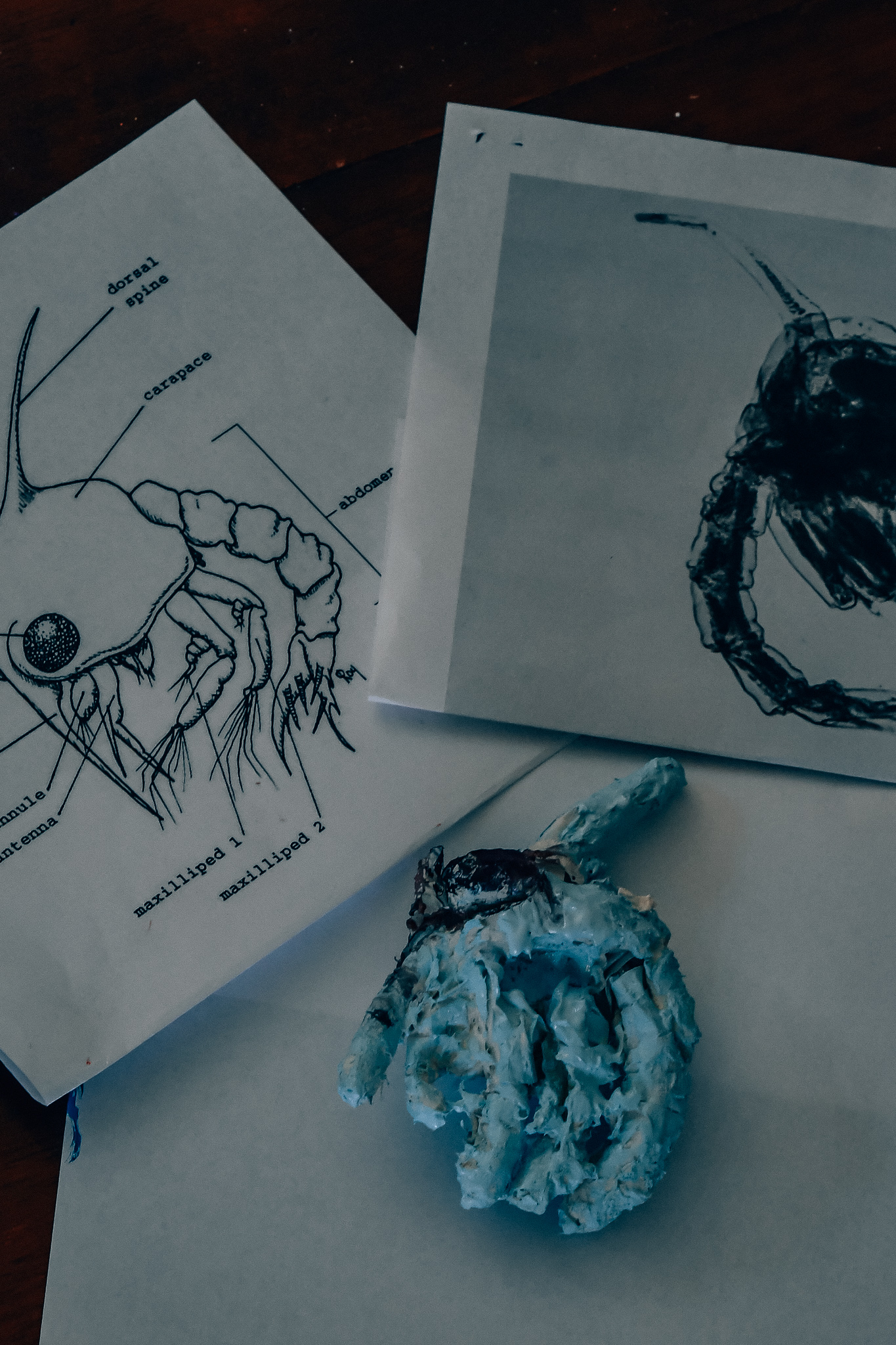
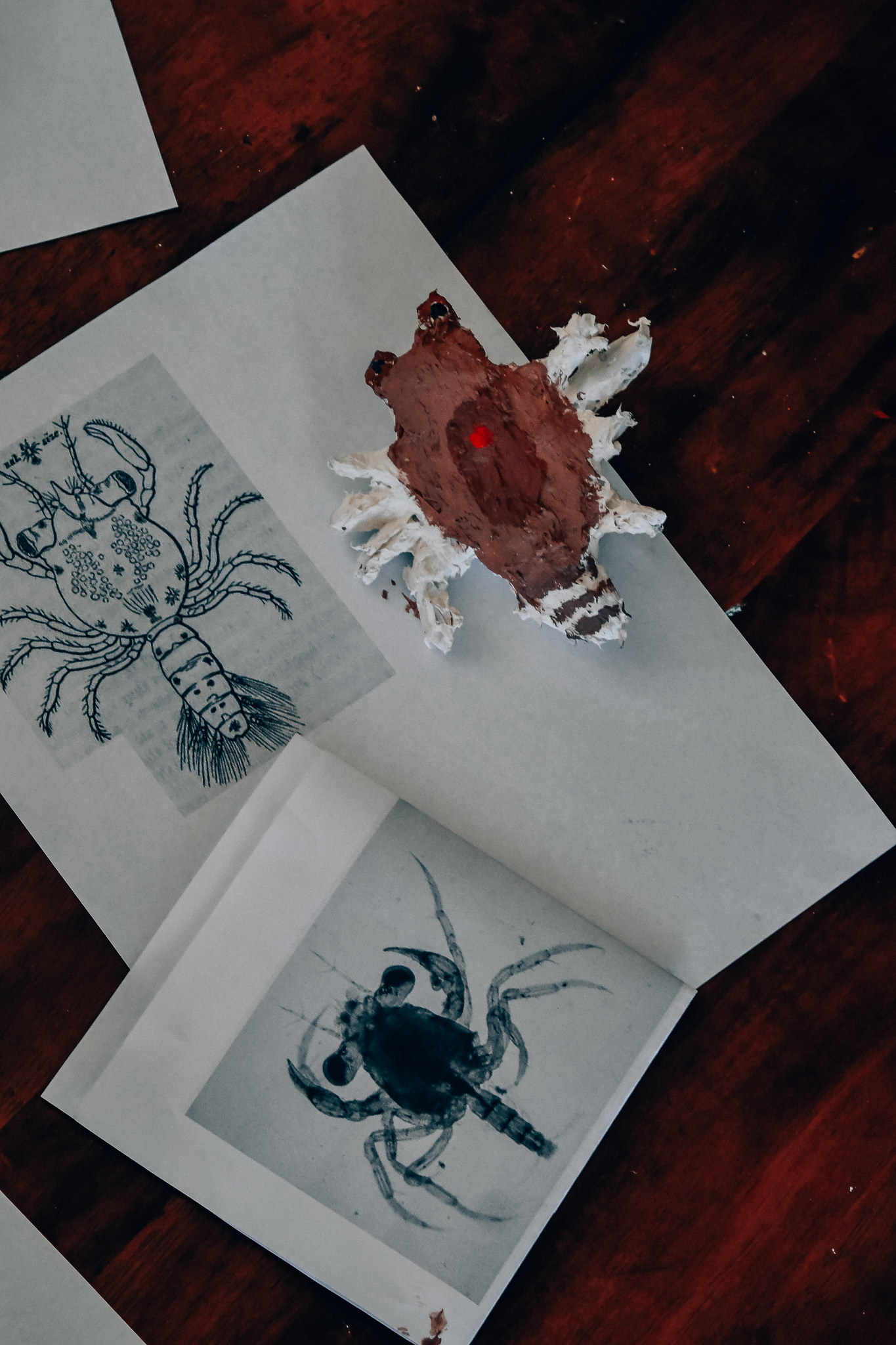
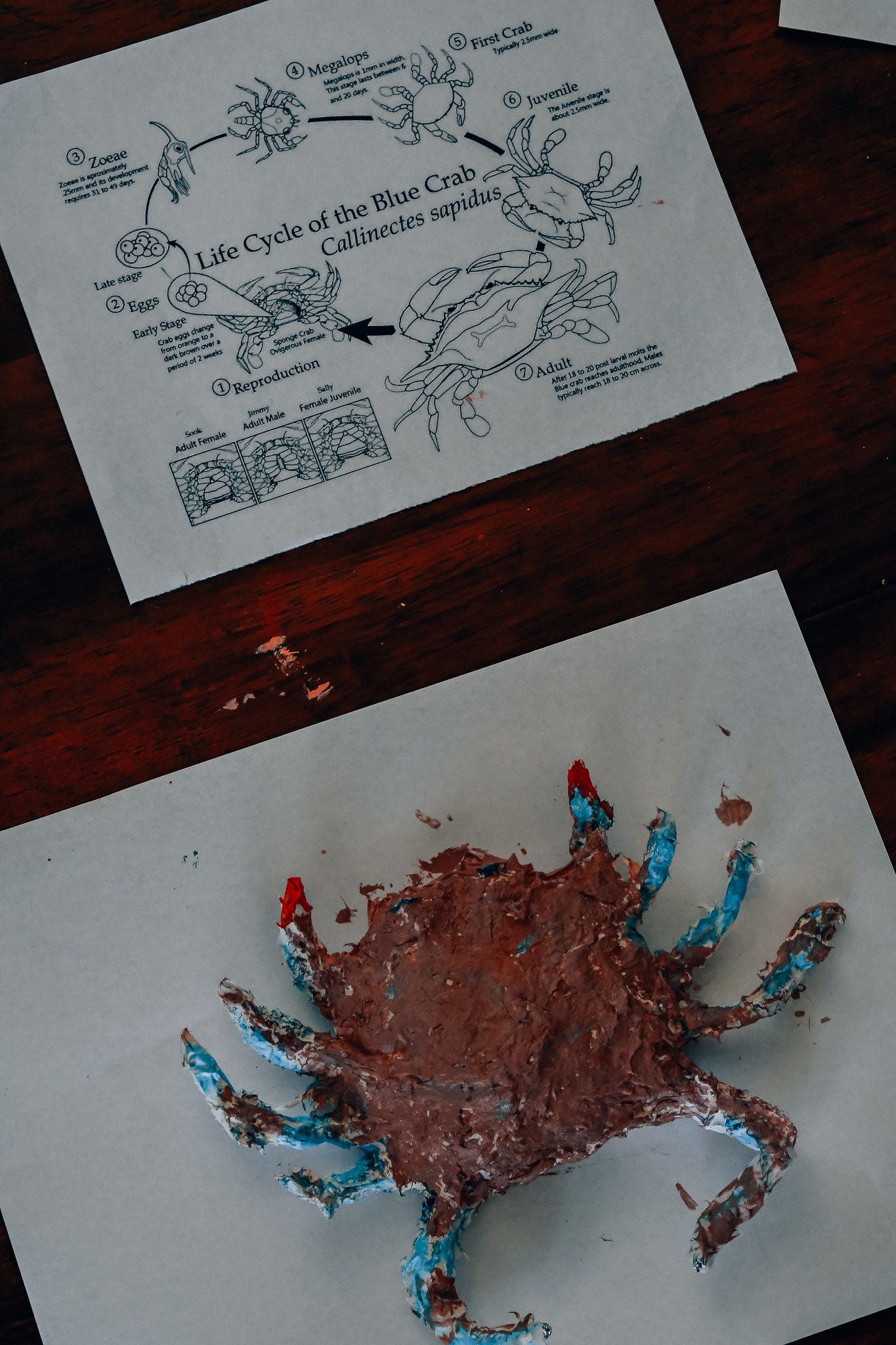
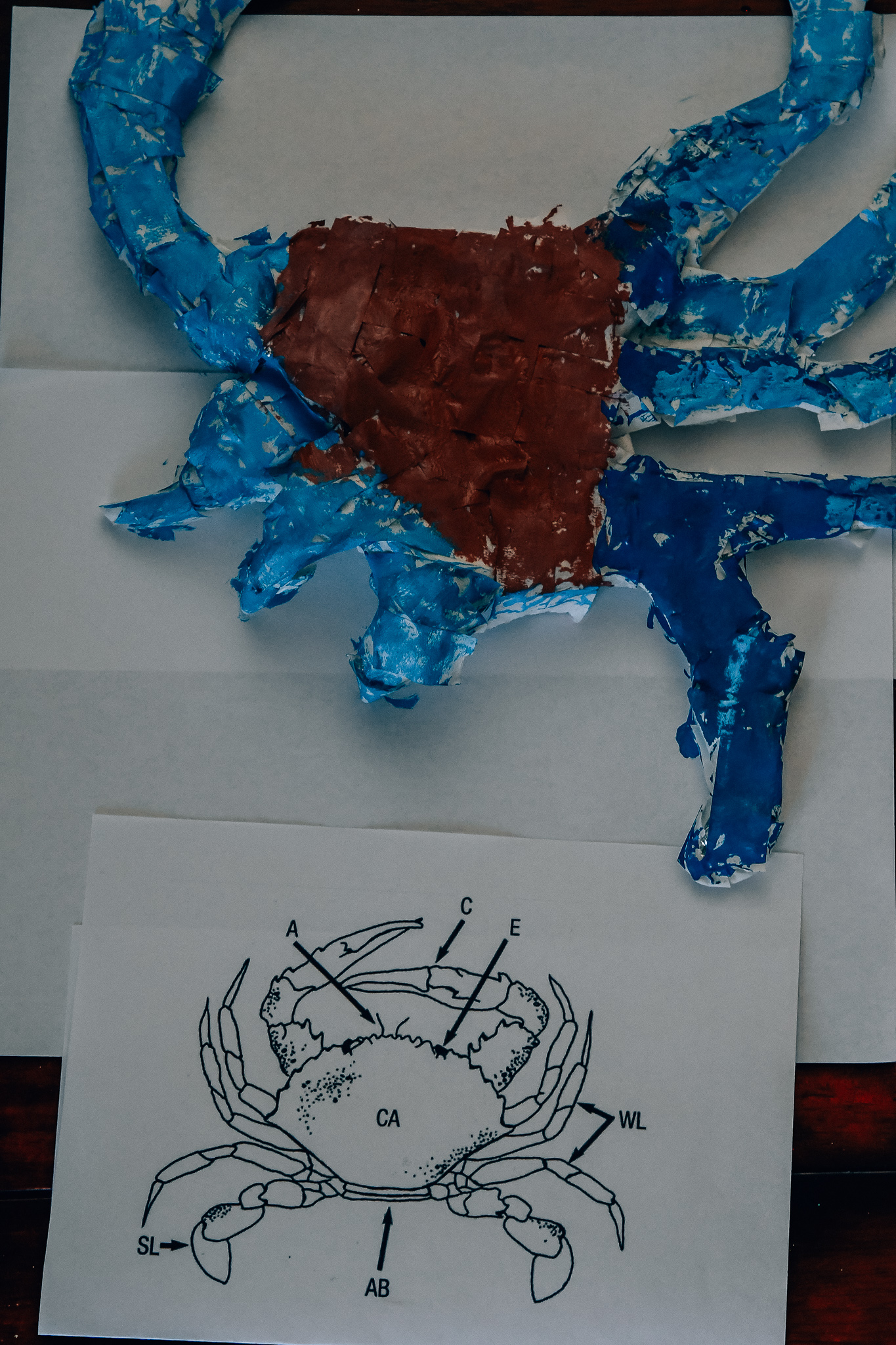
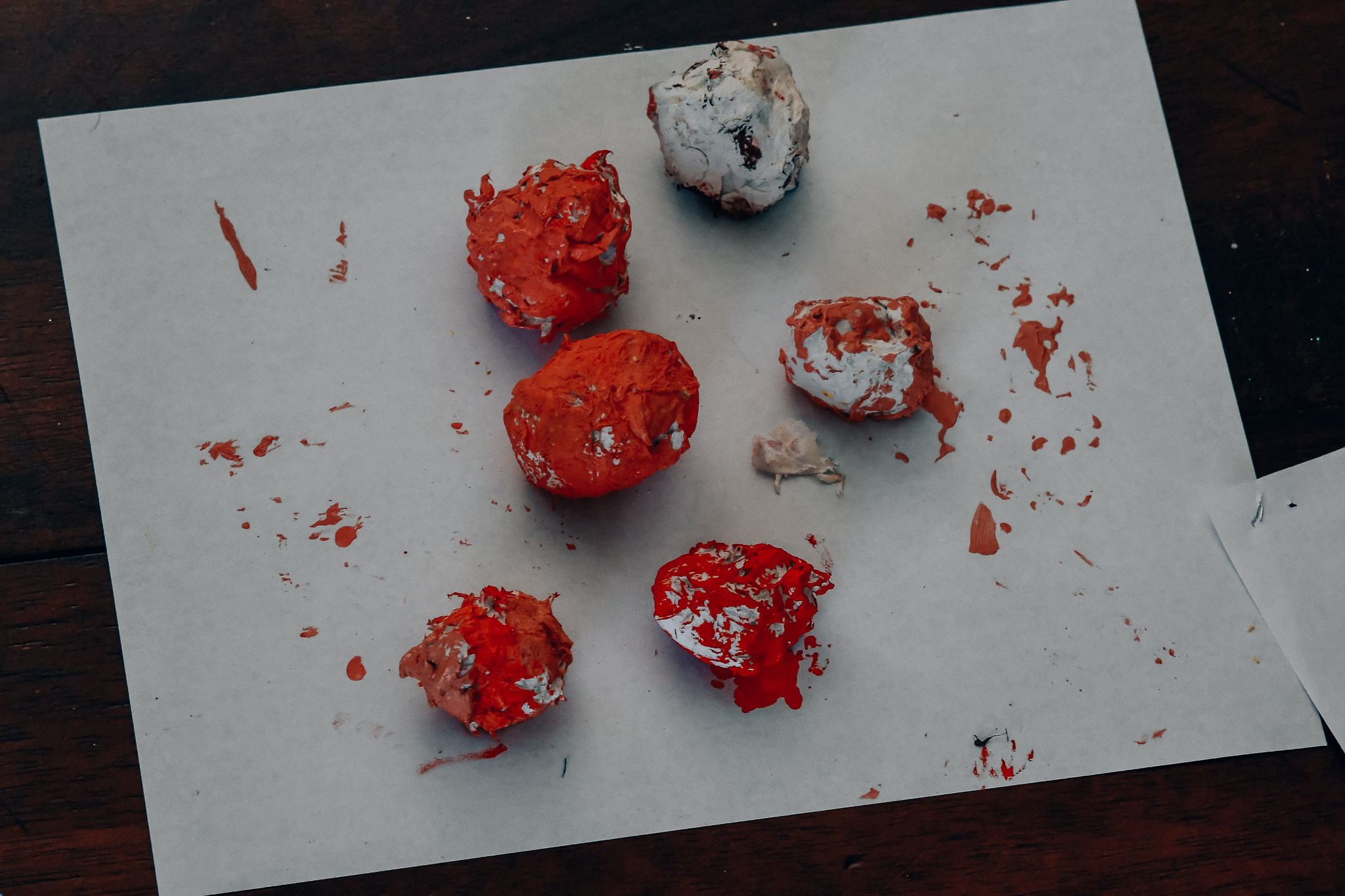
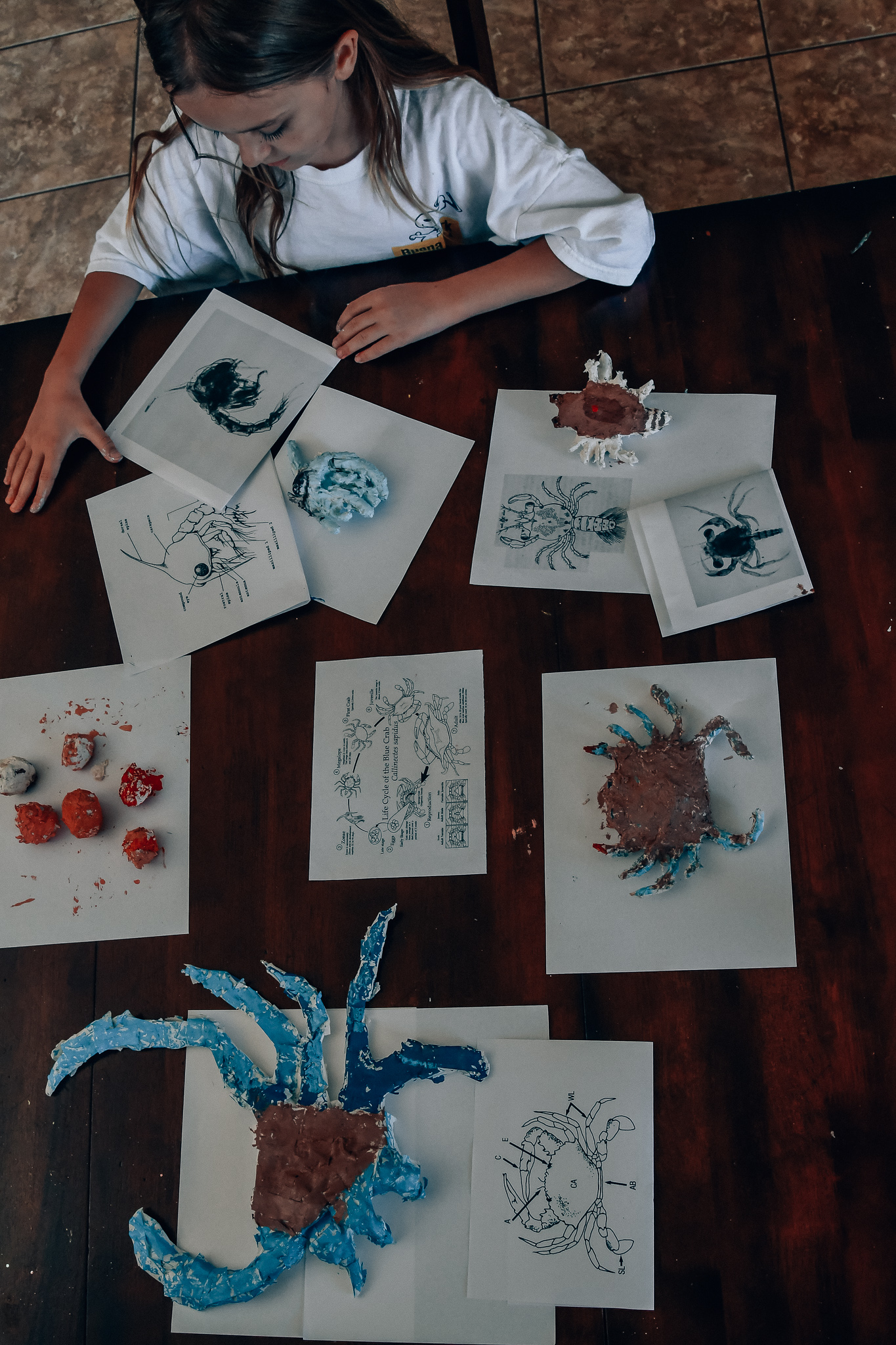
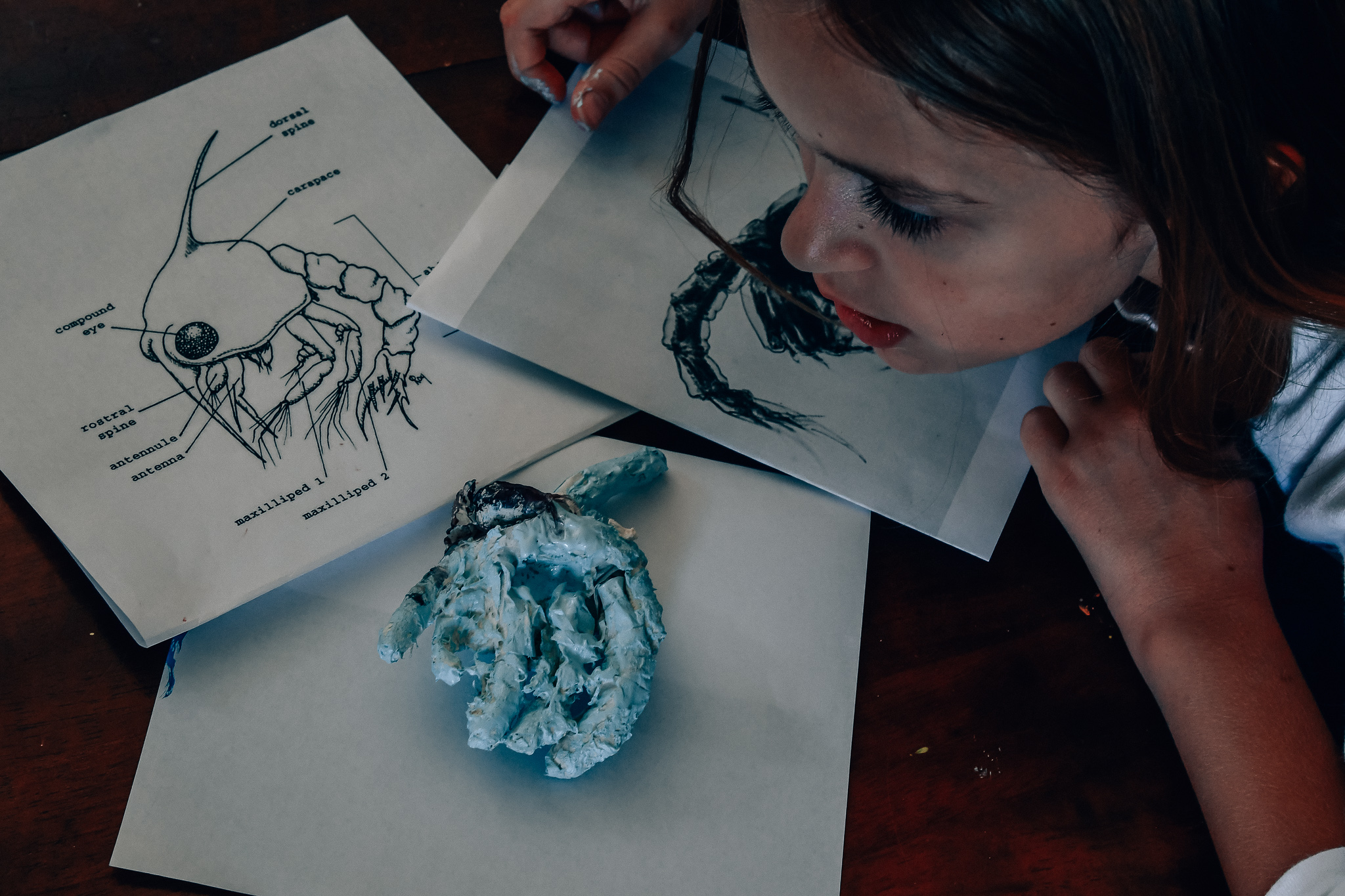
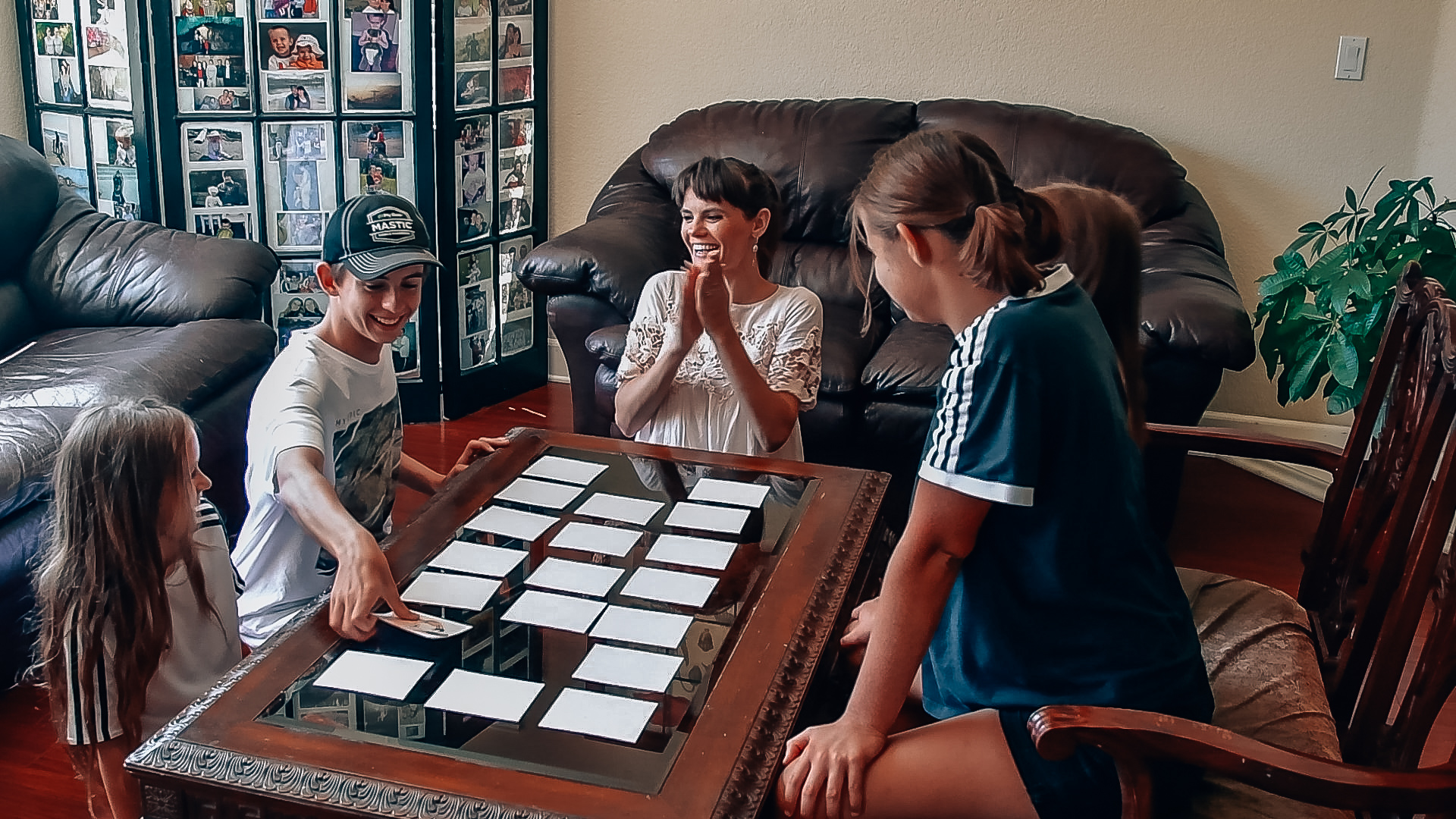
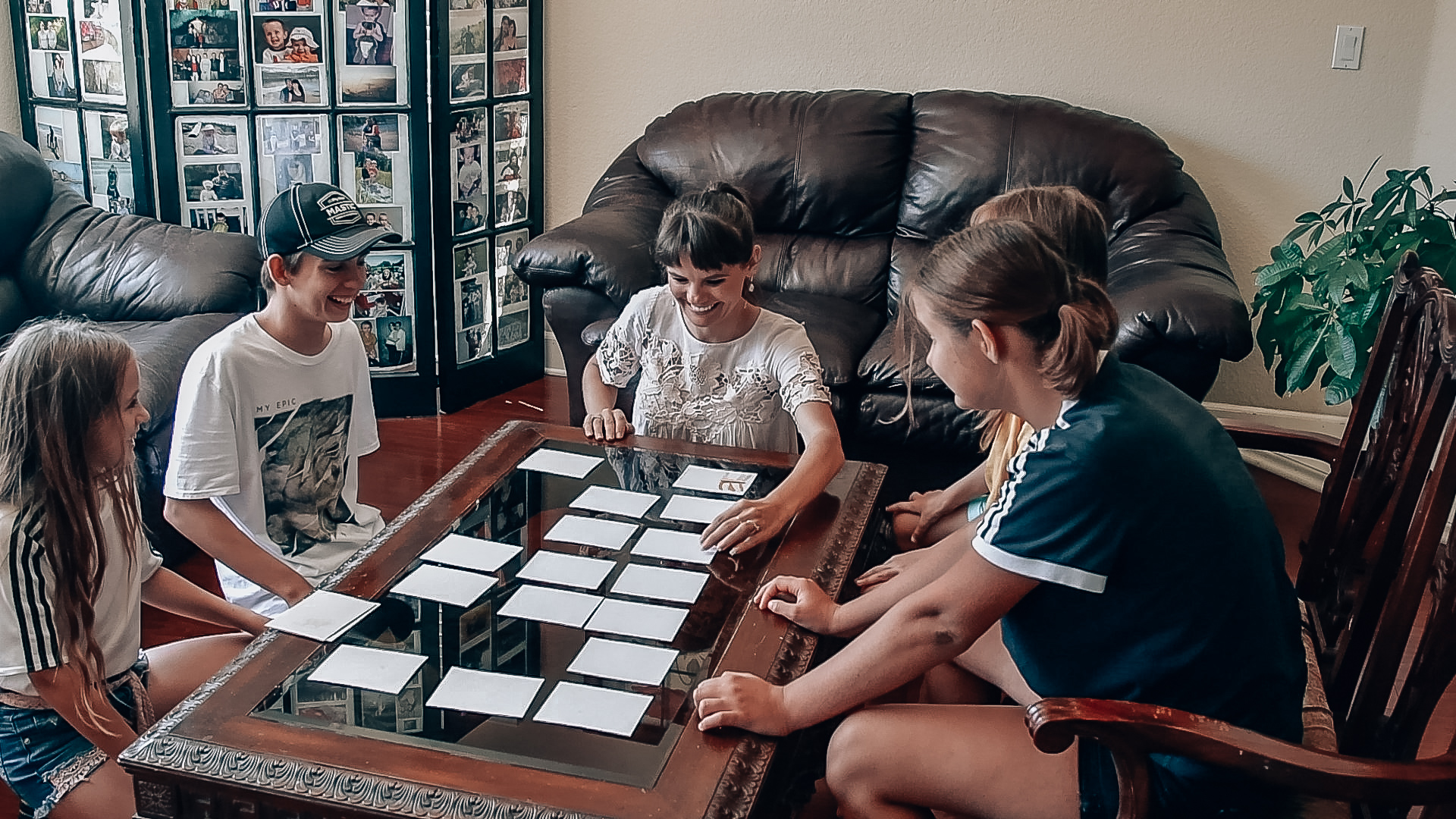

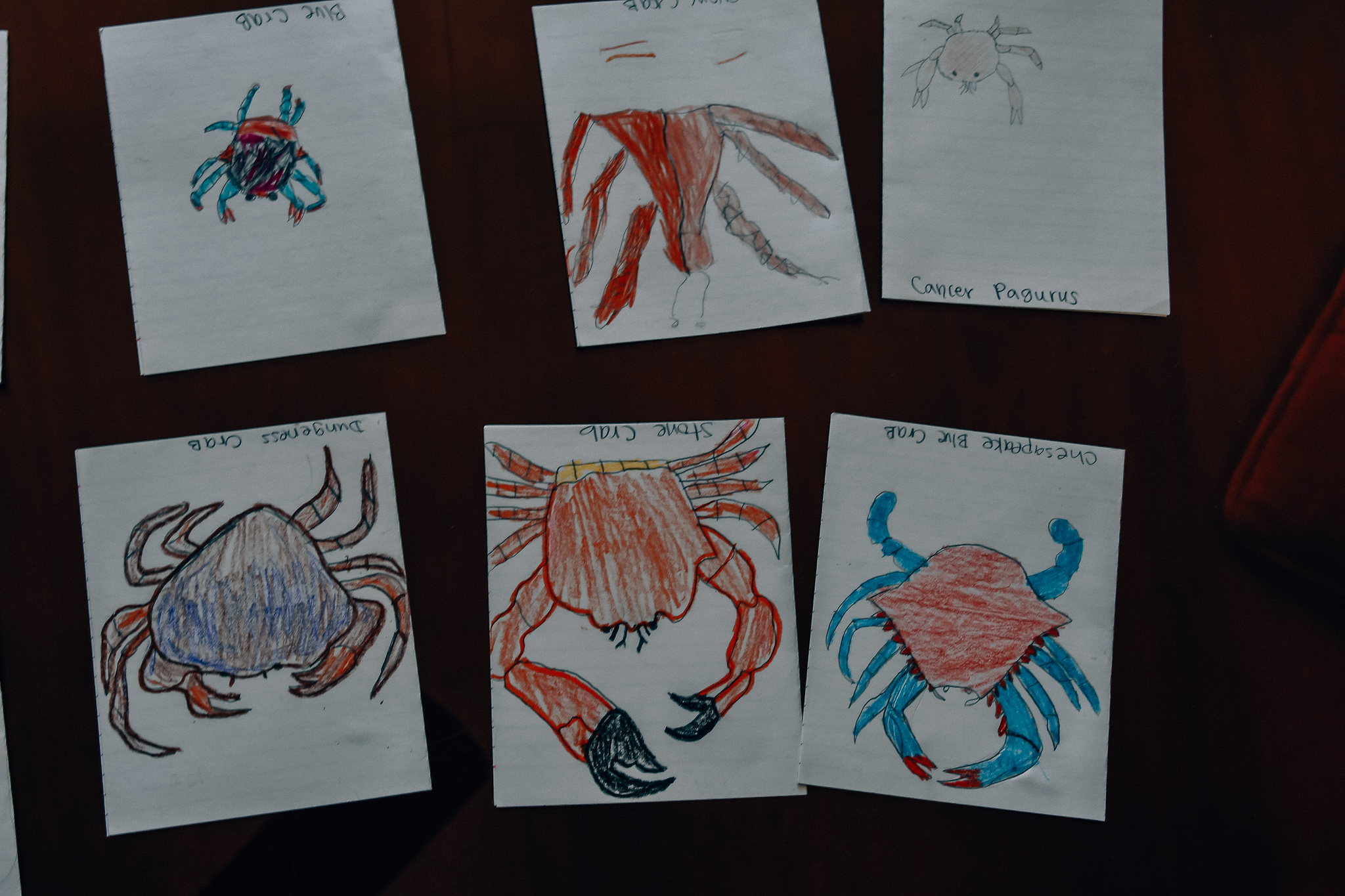
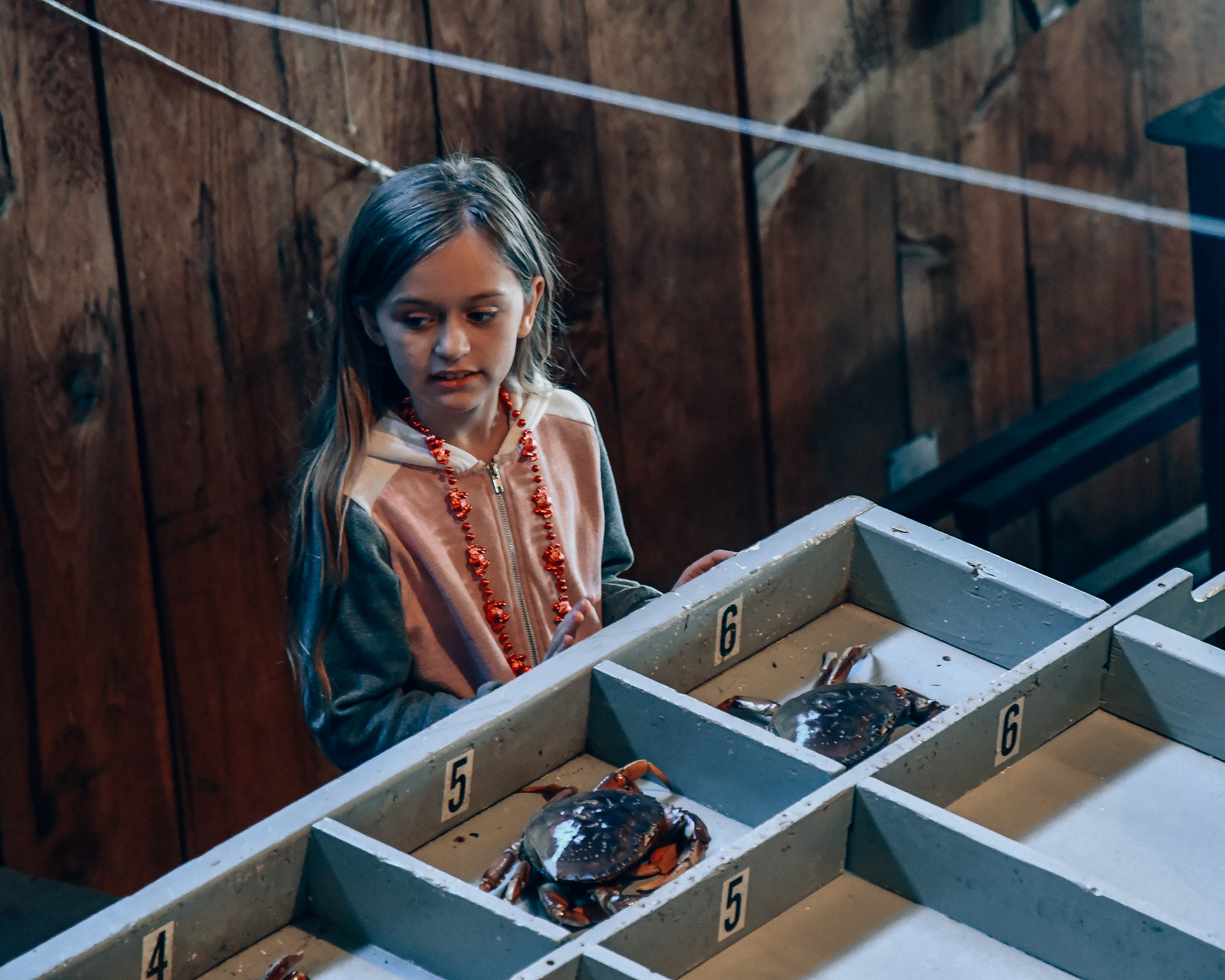
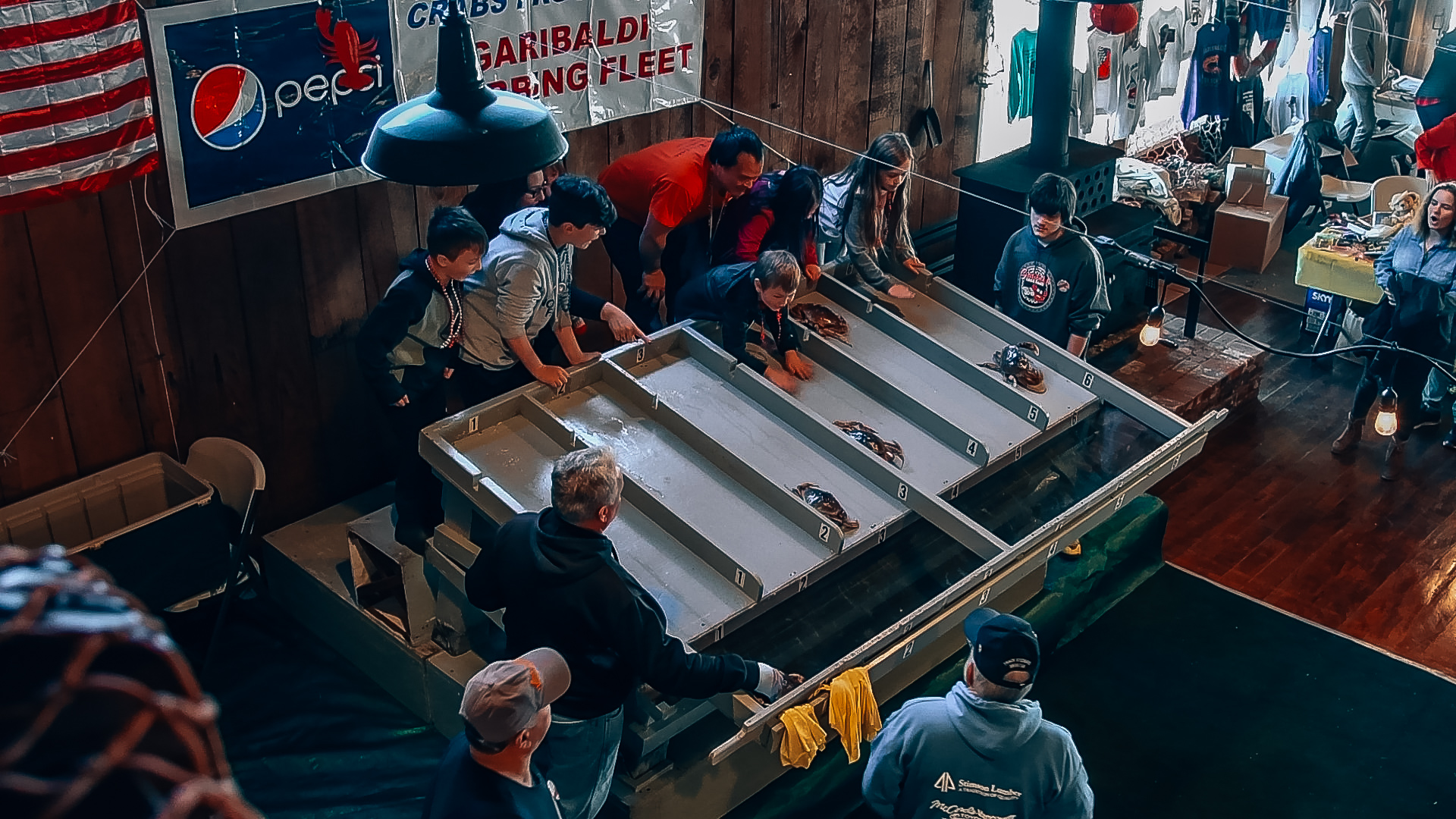
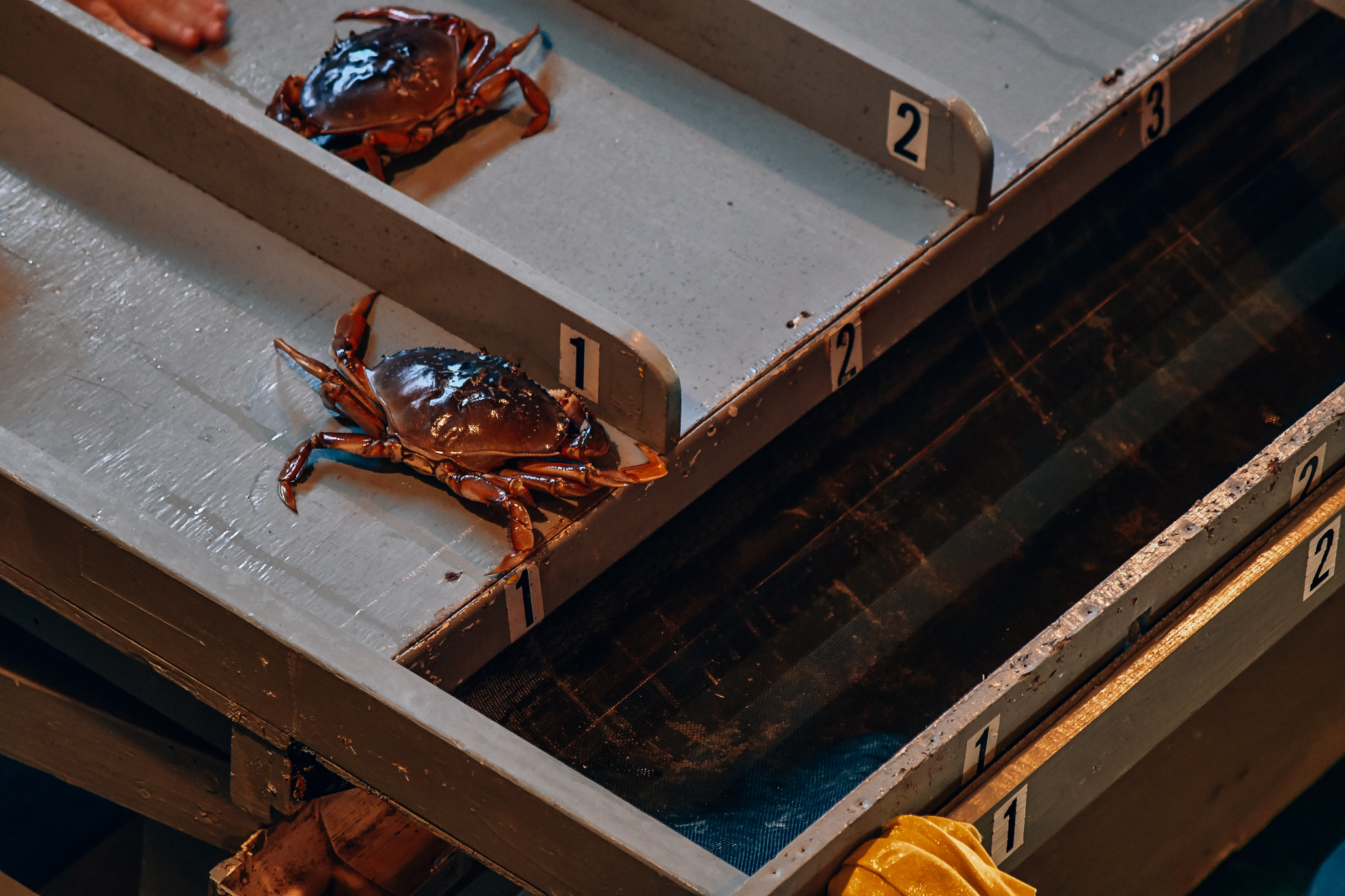
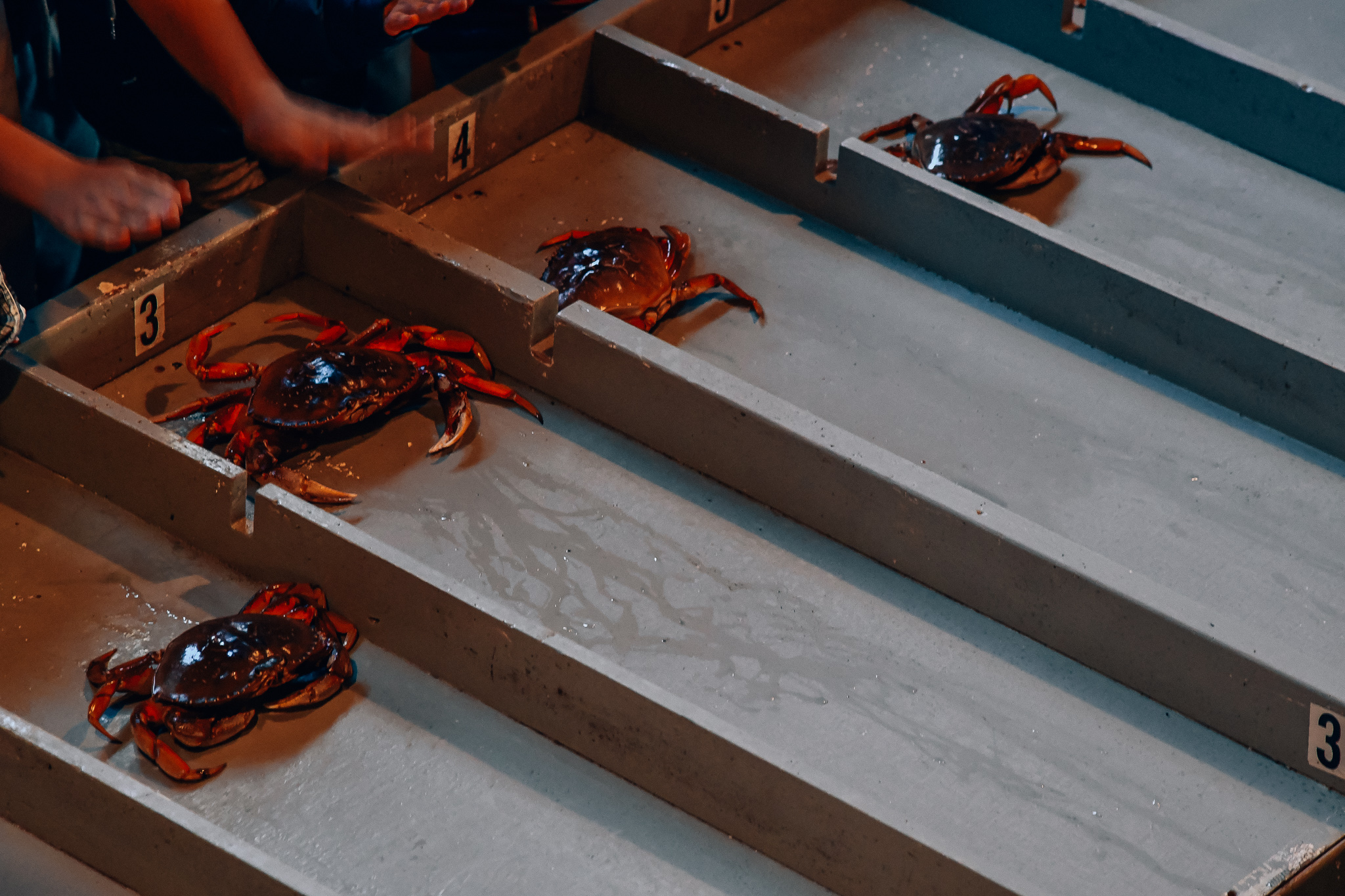
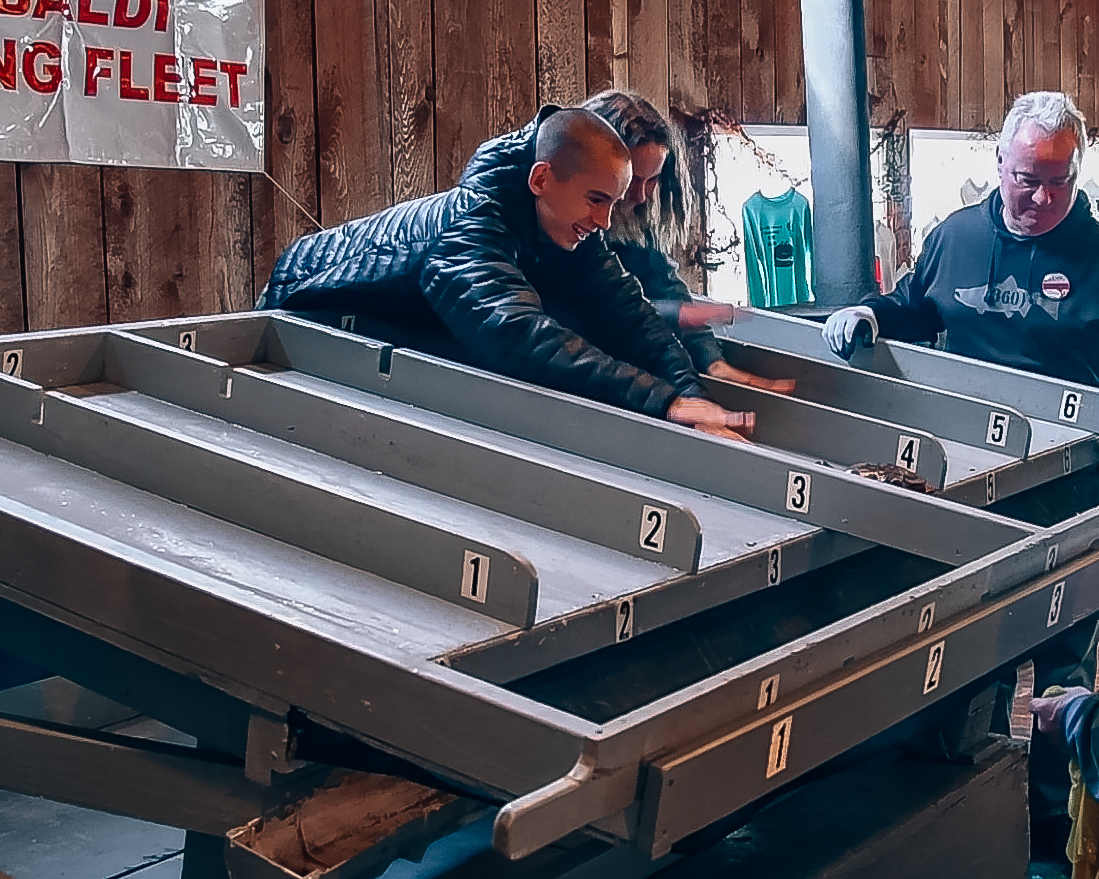
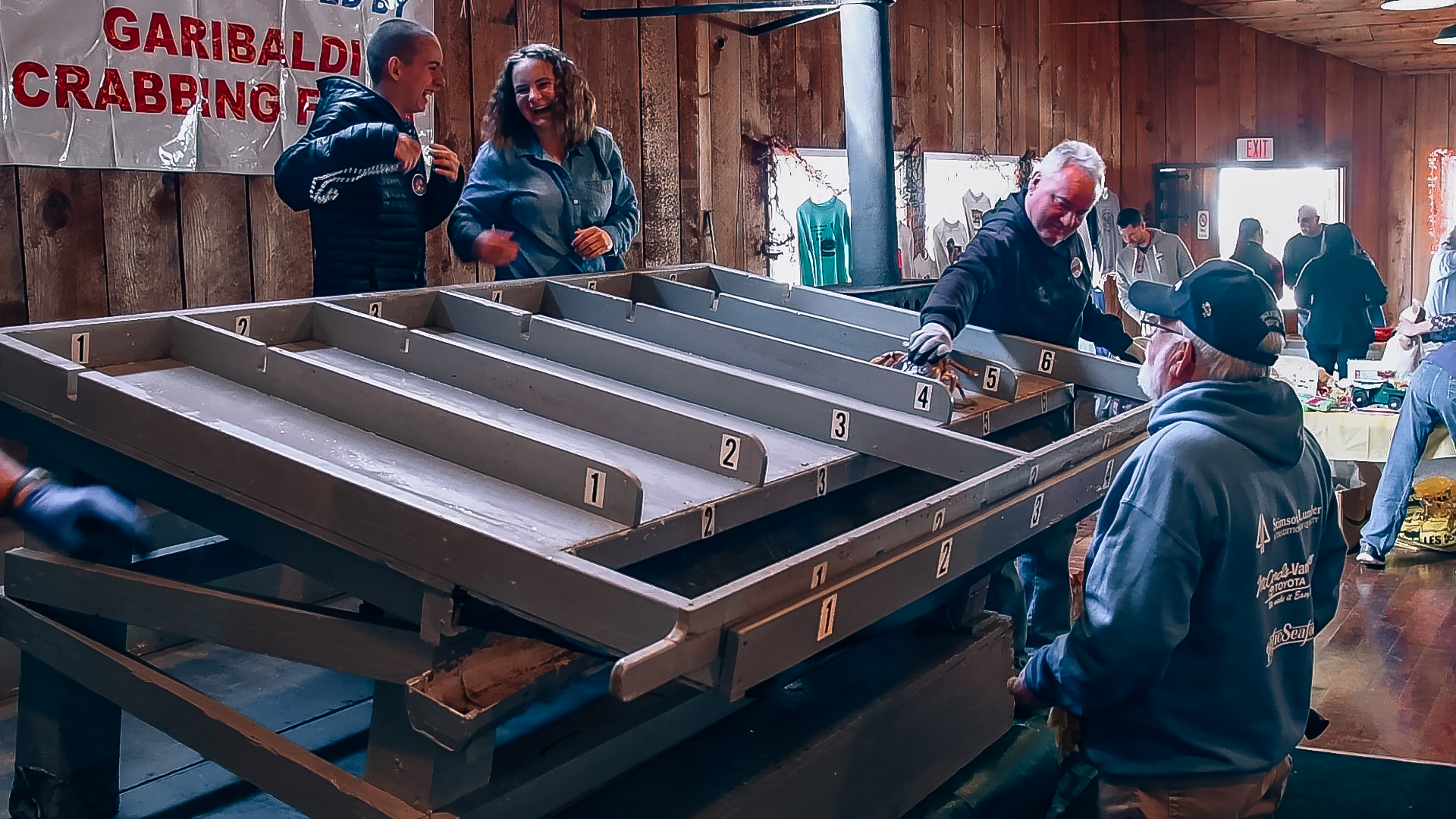
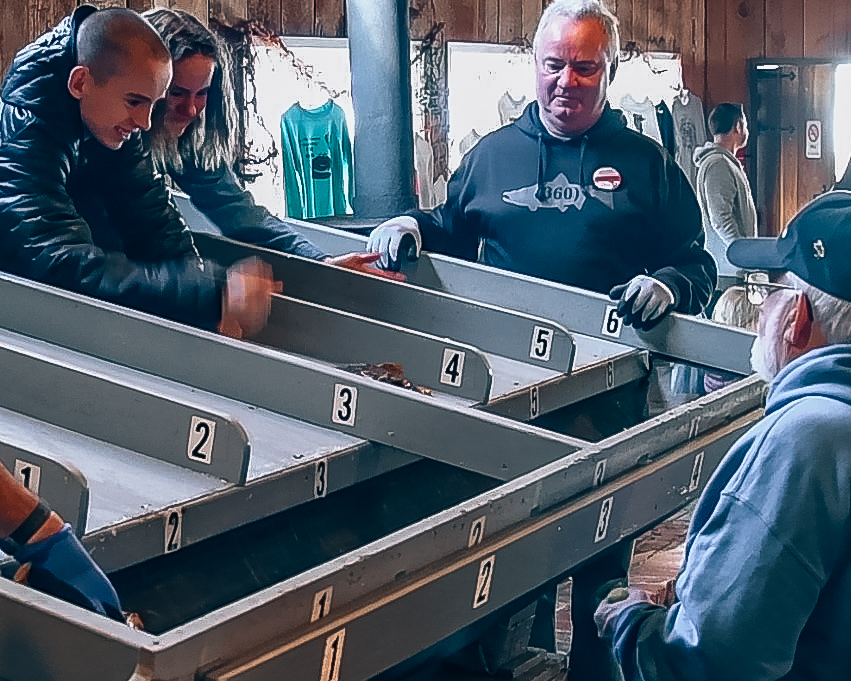
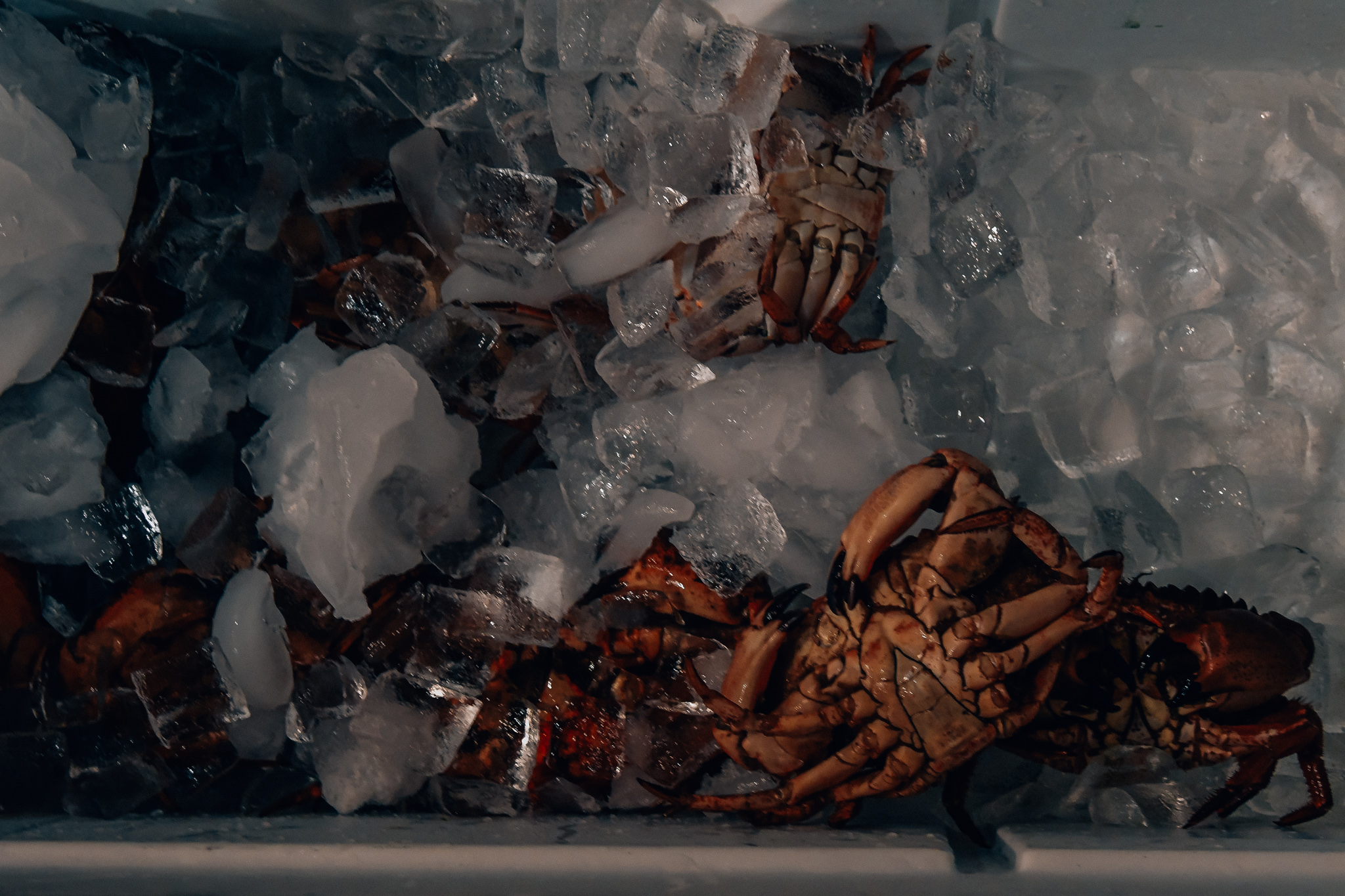
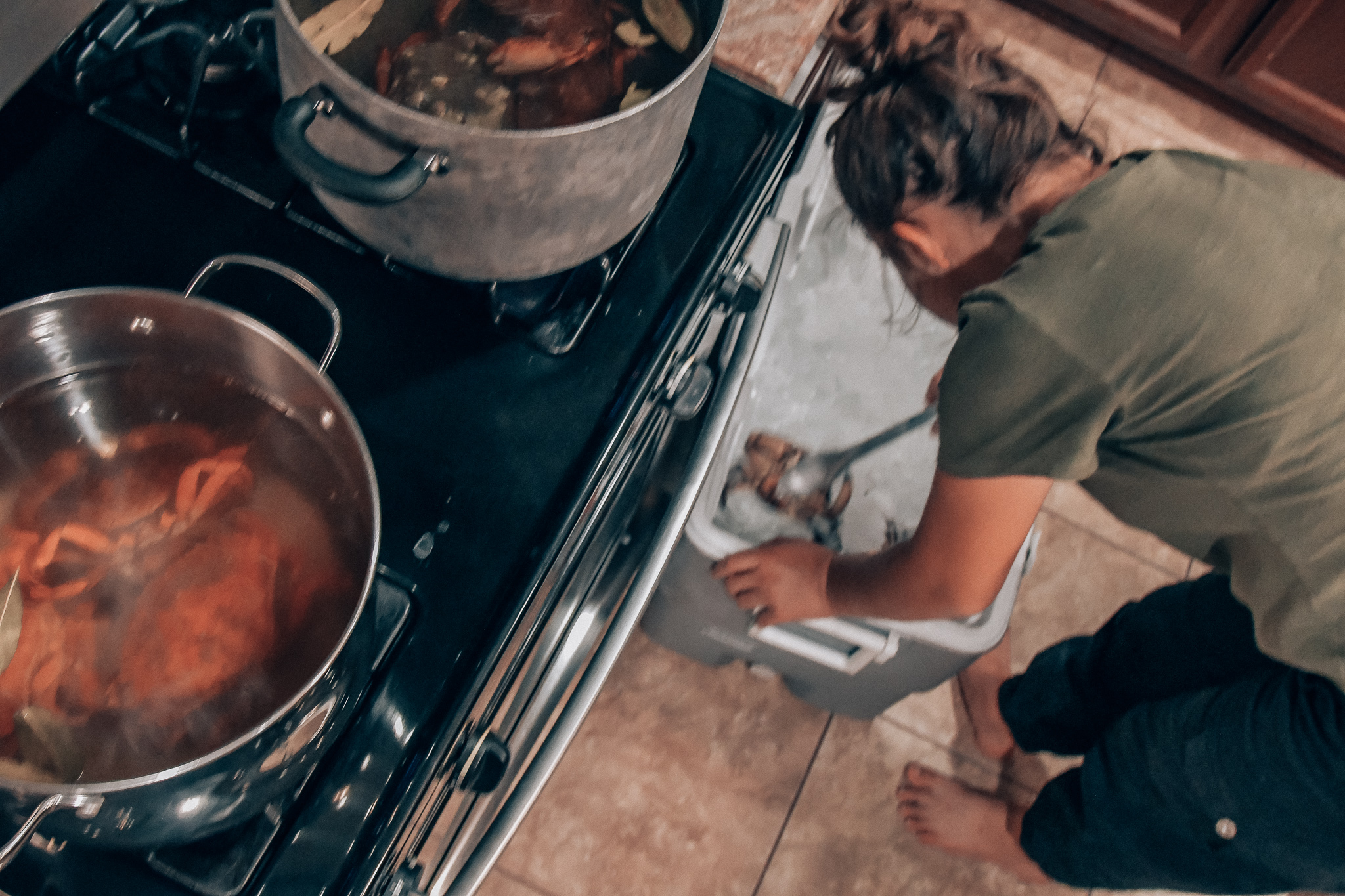
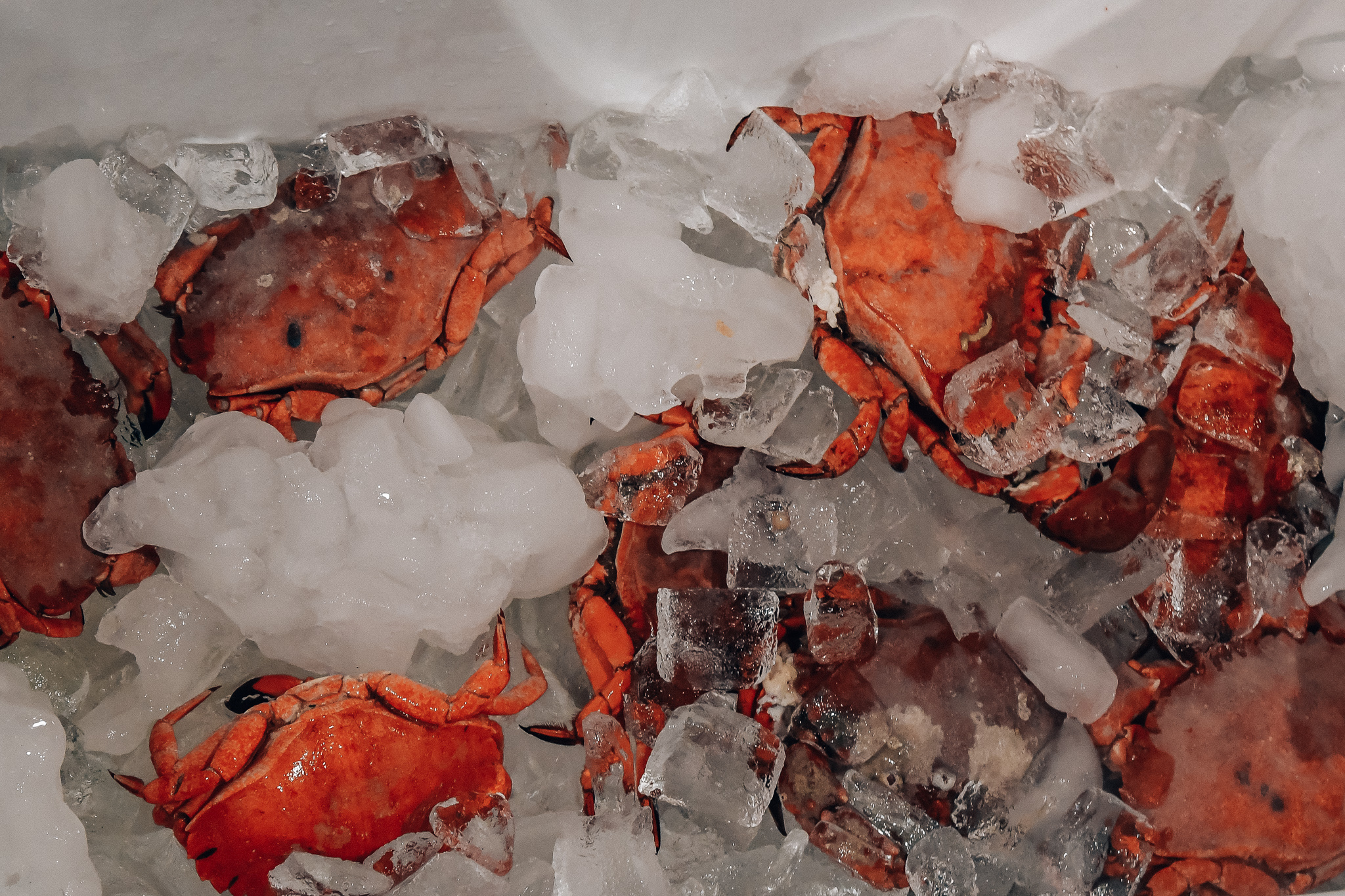
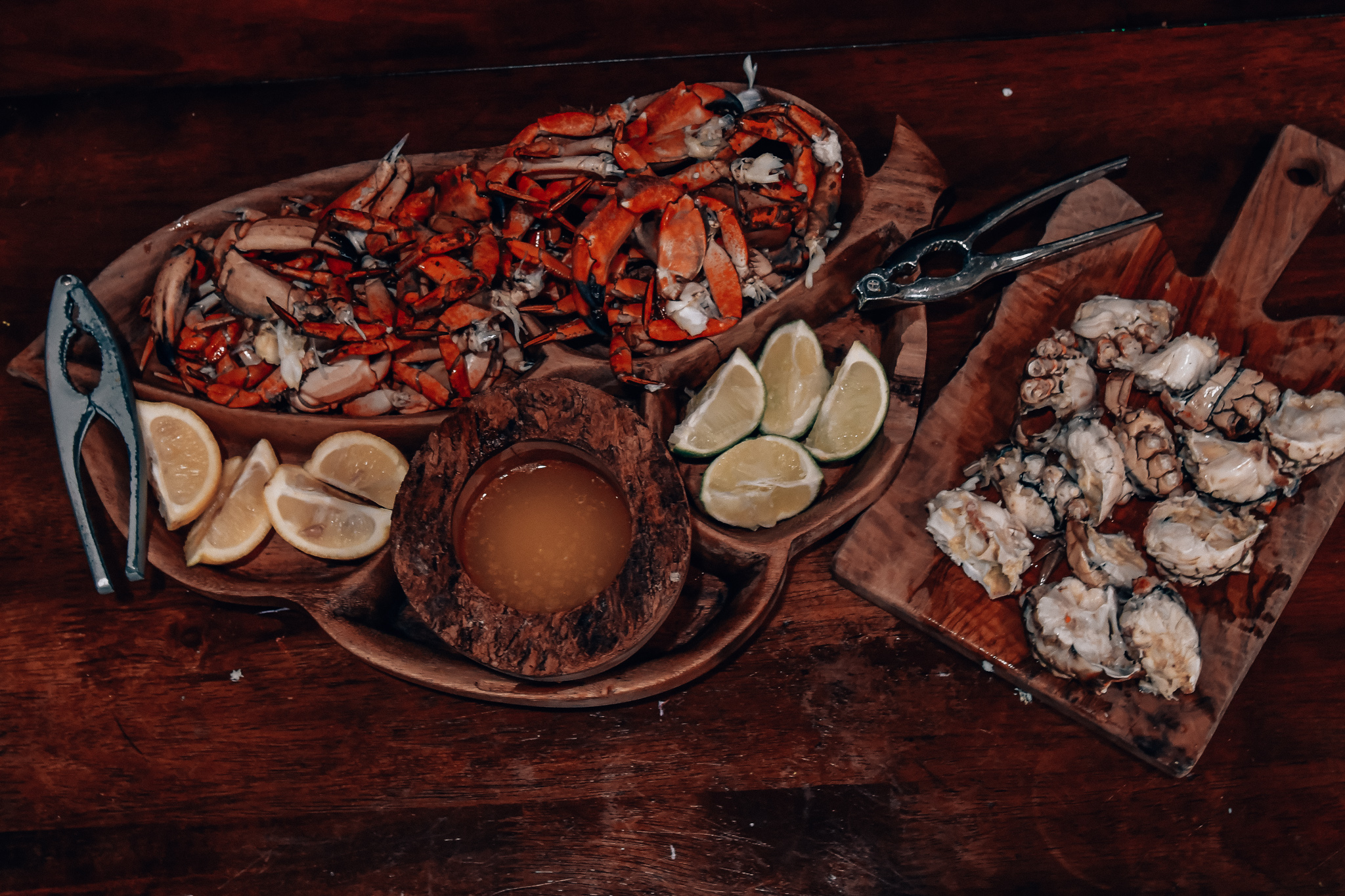

Natalya
I love it! Good job, everybody!
Mother of 3
What a fun (and yummy!) unit! We learned a lot about crabs when we went out on an ocean research vessel and took a class at our local oceanography center. They are such fascinating creatures. Thanks so much for sharing with us at Encouraging Hearts and Home. Pinned.
Roseann Hampton
What a fun unit of study for your family! Thanks for sharing with us at The Blogger’s Pit Stop!
frugal hausfrau
You covered just about everything and I love you ended up with cooking!! I learned quite a bit, being from a landlocked area. We have lakes, sadly no crabs in Minnesota! Thanks for sharing at Fiesta Friday!
Mollie